The site of two houses at Nichada Village, designed by Alkhemist Architects, is located in a suburban gated community in Bangkok, Pak Kret, Thailand, where the land plot is very tight for two houses.
Text Description Provided By The Architects.
The houses belong to two very close brothers, yet, they have different lifestyles. They wish to live close to each other and spend some time together.
The architect began the design process by using a specific building typology and repeating it on both houses. However, once this design development gets to the detail level, the logic of repetition has evolved to respond to the different needs of two individuals. However, they also want to establish a private distance when needed. As a result, these two houses at Nichada look appropriately similar at first glance. Yet, they can contain their specific atmosphere once we dwell within them.
The typology of these two houses is a long rectangular format. The automobile garage locations are on the west at the entrance of the houses, and the main double-volume living area is on the east at the end of the houses. Then, programs such as foyers, dining areas, kitchens, toilets, and guest bedrooms are placed between the garages and the living area to transition from the outside as we move further inward to the house.
The main master bedrooms are placed on top of this transitional area allowing a direct visual dialogue with the main living area. Both houses are visually connected as one big living room through the large sliding doors on both homes, and they are marked the edge of the house by single-flight stairs. These two house share this repetitive logical organization.
However, in the sense of dwelling, these two houses contain a different atmosphere reflecting the owner’s character. The white and blue house belongs to the elder brother. This professional golfer enjoys the outdoor lifestyle but loves being in a solitary atmosphere. He wishes to spend most of his time working, dining, and relaxing around the living area and only wants to retreat to a bedroom late at night.
To achieve the client’s wish, the architect decided to make a large opening on both the north and the east of the living area to let the light cast through the sizeable double-volume white brick wall, the central core element of this house. The other elements, brick and blue color walls, creates a subtle contrast between a calm and vibrant atmosphere.
The dark brown house, on the contrary, reflects a different character of the younger brother. This nightclub entrepreneur loves to party. Initially, he desired to dwell in a dark, raw industrial-like atmosphere, but the house should also be cozy. Again, to achieve his wish, the architect repeatedly uses light to define the atmosphere of this house, but at this time, he intends to cast the light to create a subtle dramatic effect for this house.
First, due to its position where the living area has to face the south side to connect with the elder brother’s house visually, it is improper to precisely repeat the double volume glazing similar to the elder brother sliding door. The designers used a large corner-opening sliding door at the lower level and a solid blank wall with few openings at the top level of the living room to maintain the concept of connection between the two houses.
1st Floor Plan
2nd Floor Plan
Roof Plan
Longitudinal Section House A
On the other side of the top of the living area, rather than a large opening window similar to the elder’s brother’s house, we used a few narrow spaces to control the amount of sunlight to create a lantern effect in this room. In return, rather than providing a tremendous monumental impact like the white and blue house, the details of this dark brown house have shaped the house to be more in a subtle dynamic mood.
Though these two houses initially begin their design process by adapting the same building typology, however with careful concern for the individual personality of the dwellers, the site’s climate, and context, this one building typology will gradually transform to respond to the specific needs of the requirement. The architect strongly believes that this design approach can allow the architect to establish the coexisting relationship between being unique and uniform.
Cross Section Houses A/B
Longitudinal Section House B
North Elevation House A
South Elevation House A
North Elevation House B
South Elevation House B
West Elevation Houses A/B
House Elevation B/A
Photos by: Ketsiree Wongwan
Like what you’re reading? Subscribe to our top stories.





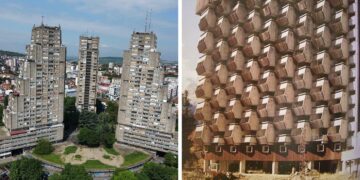
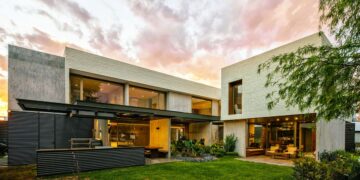
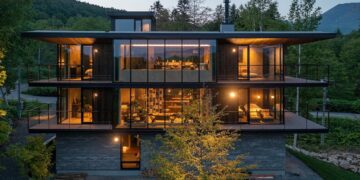
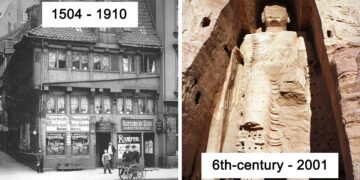







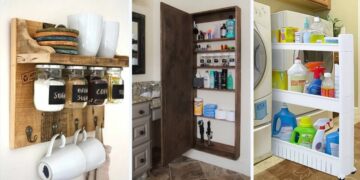
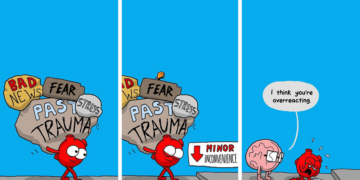



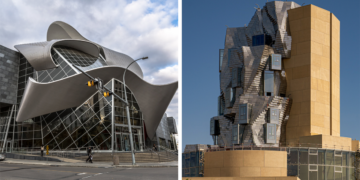
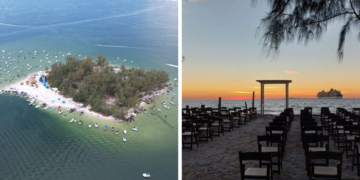




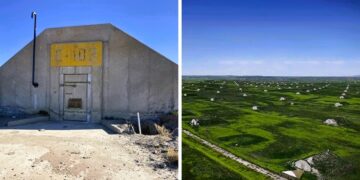

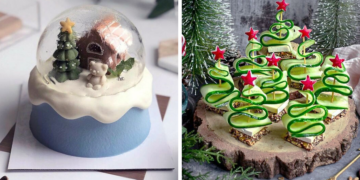
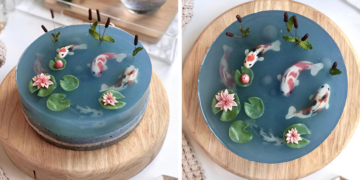
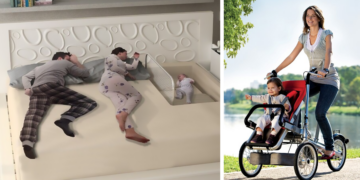
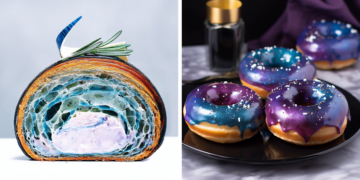


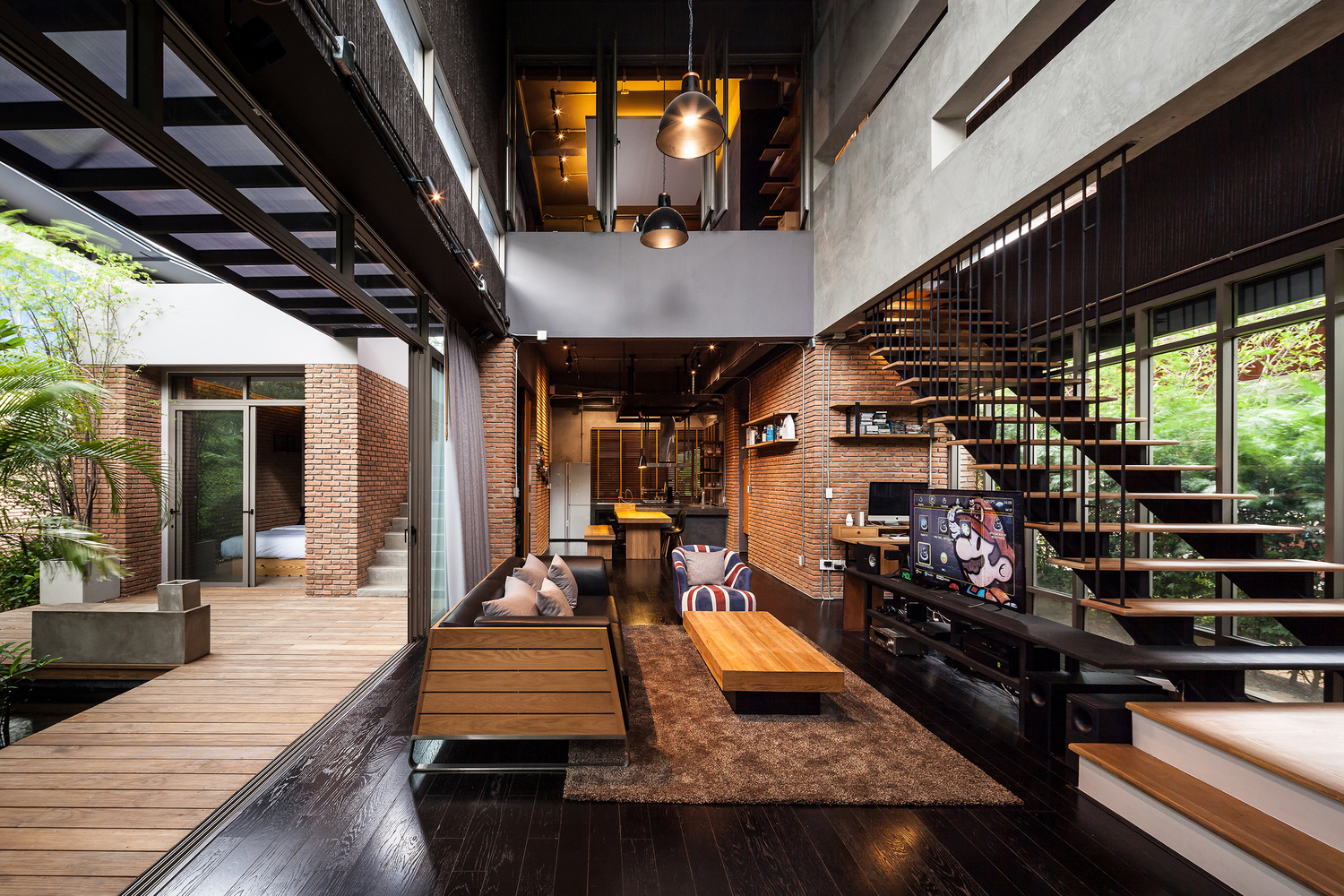
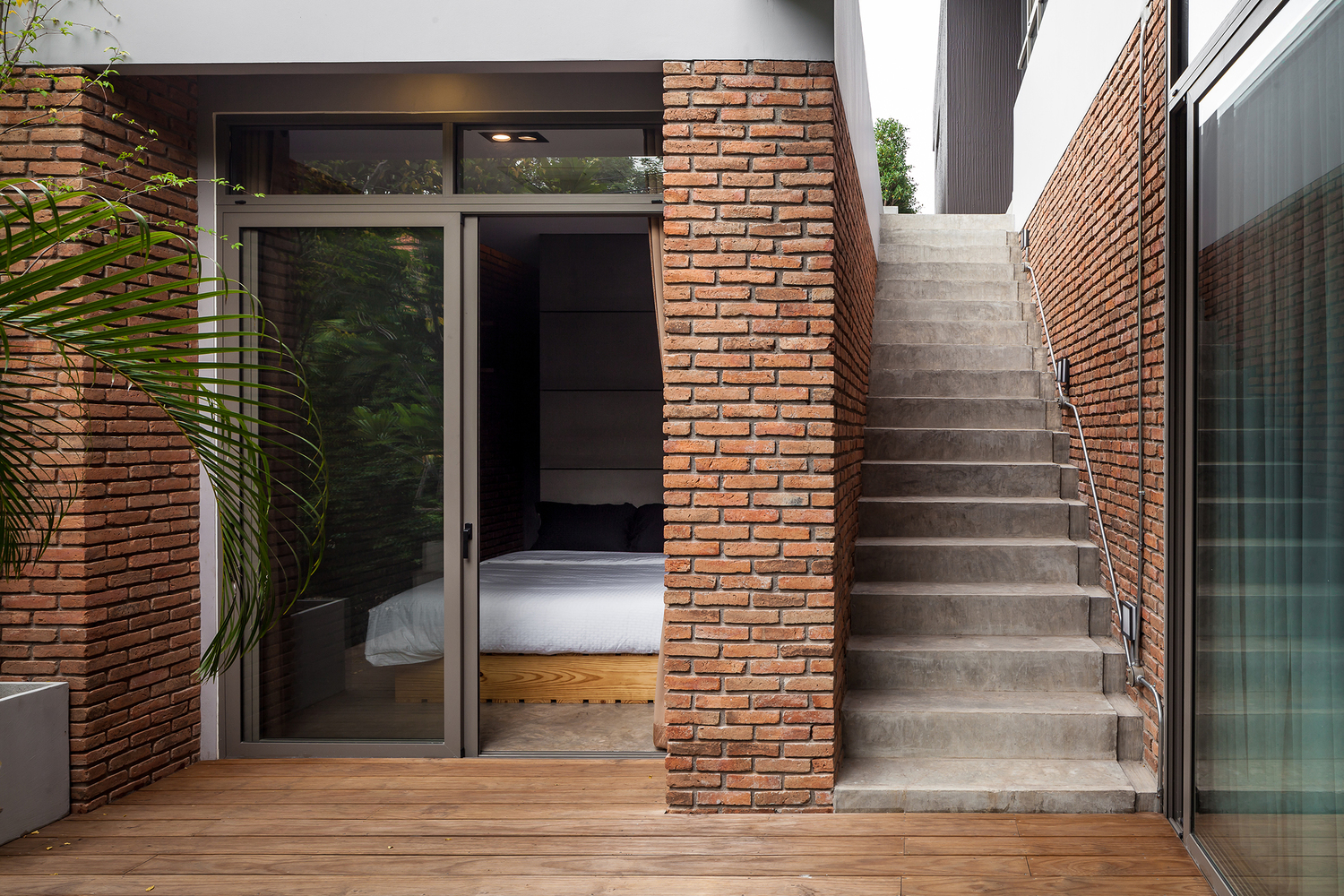
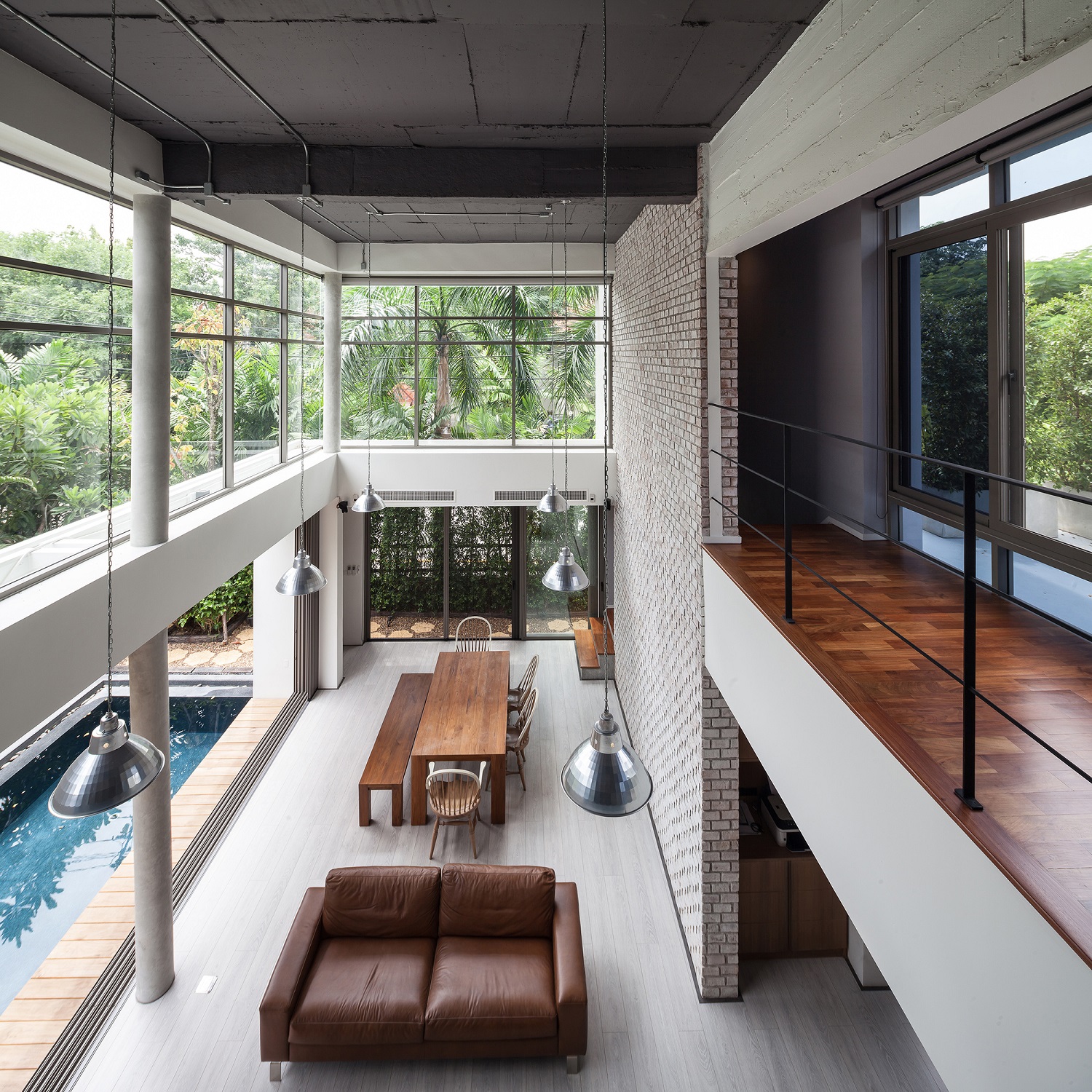
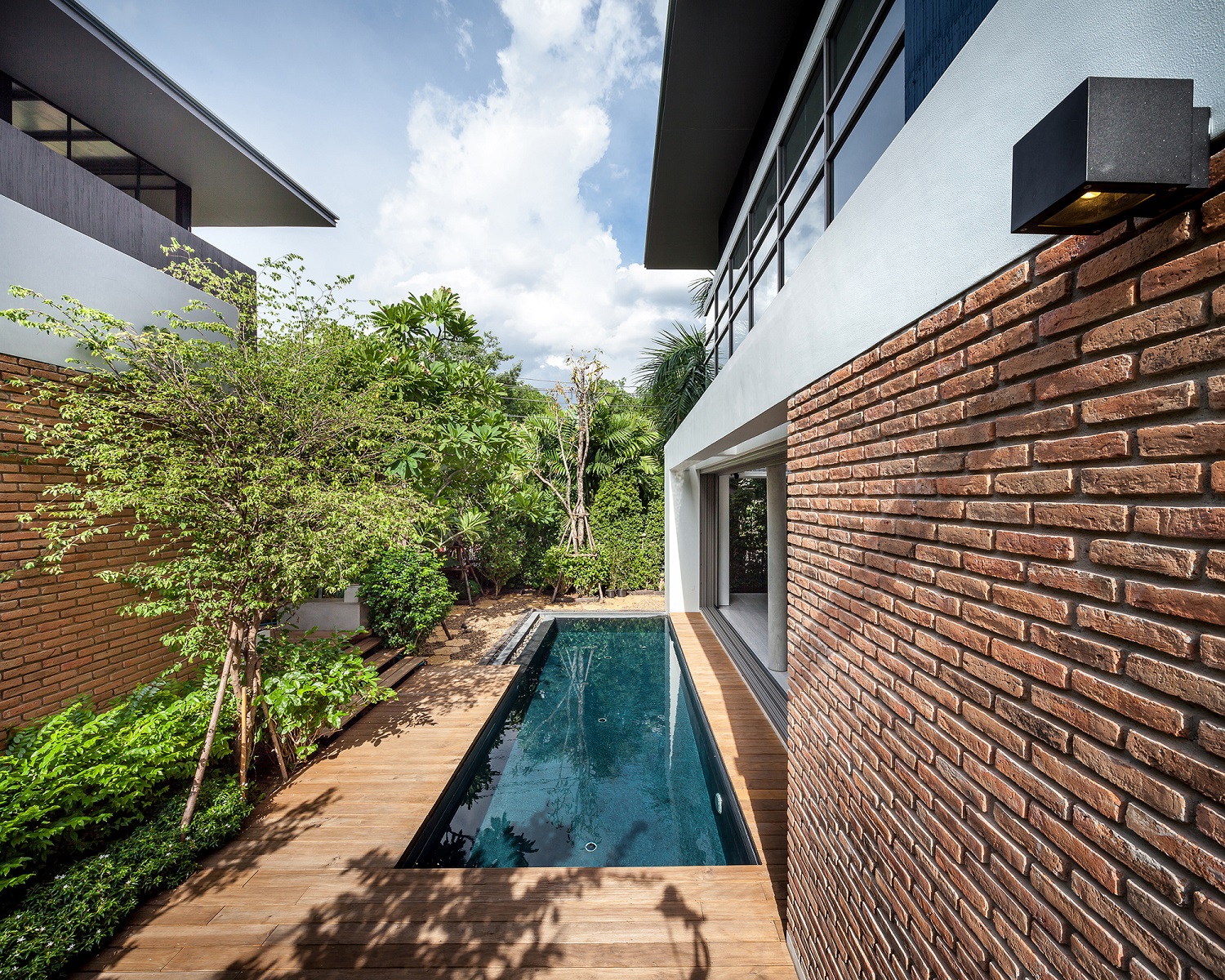
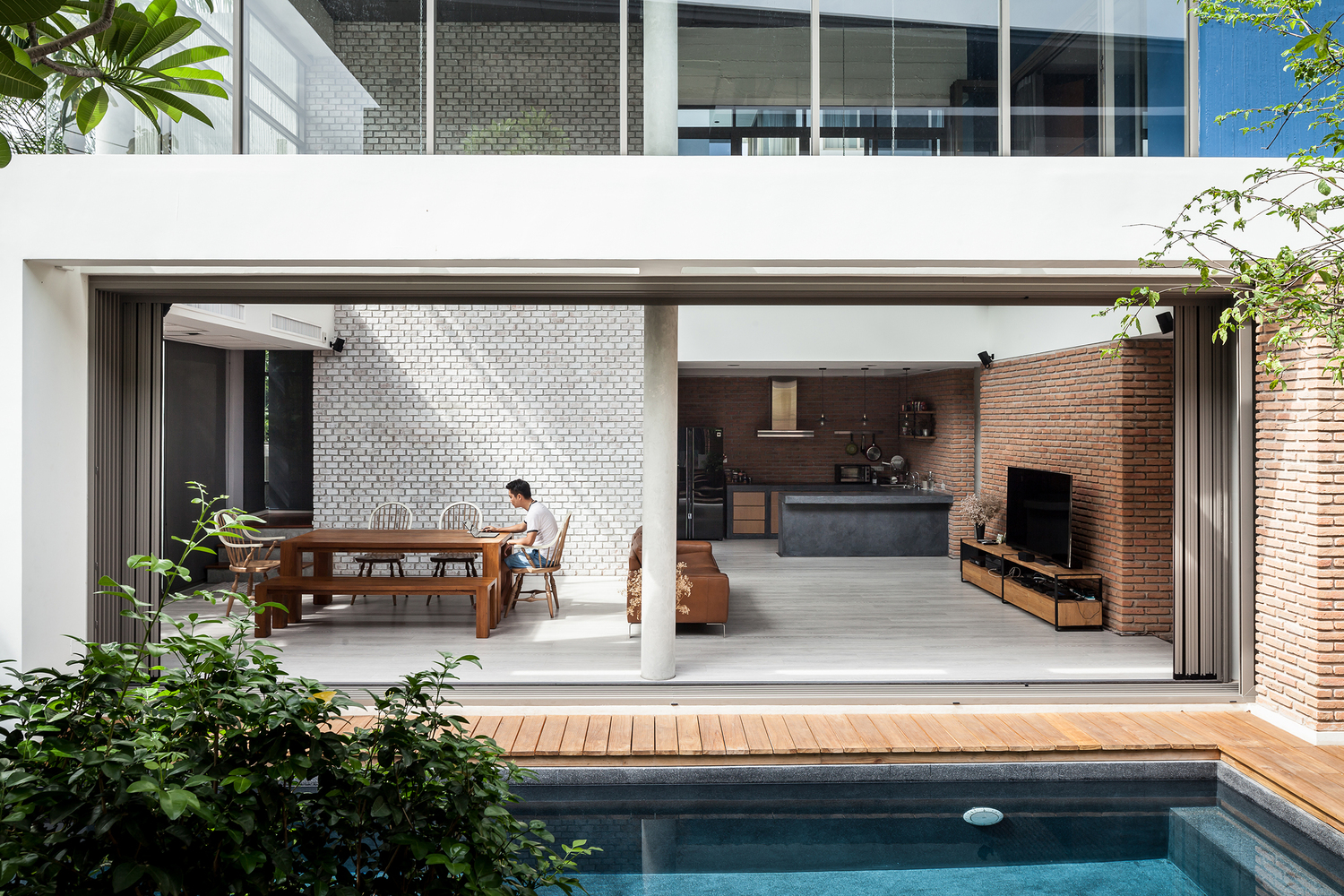
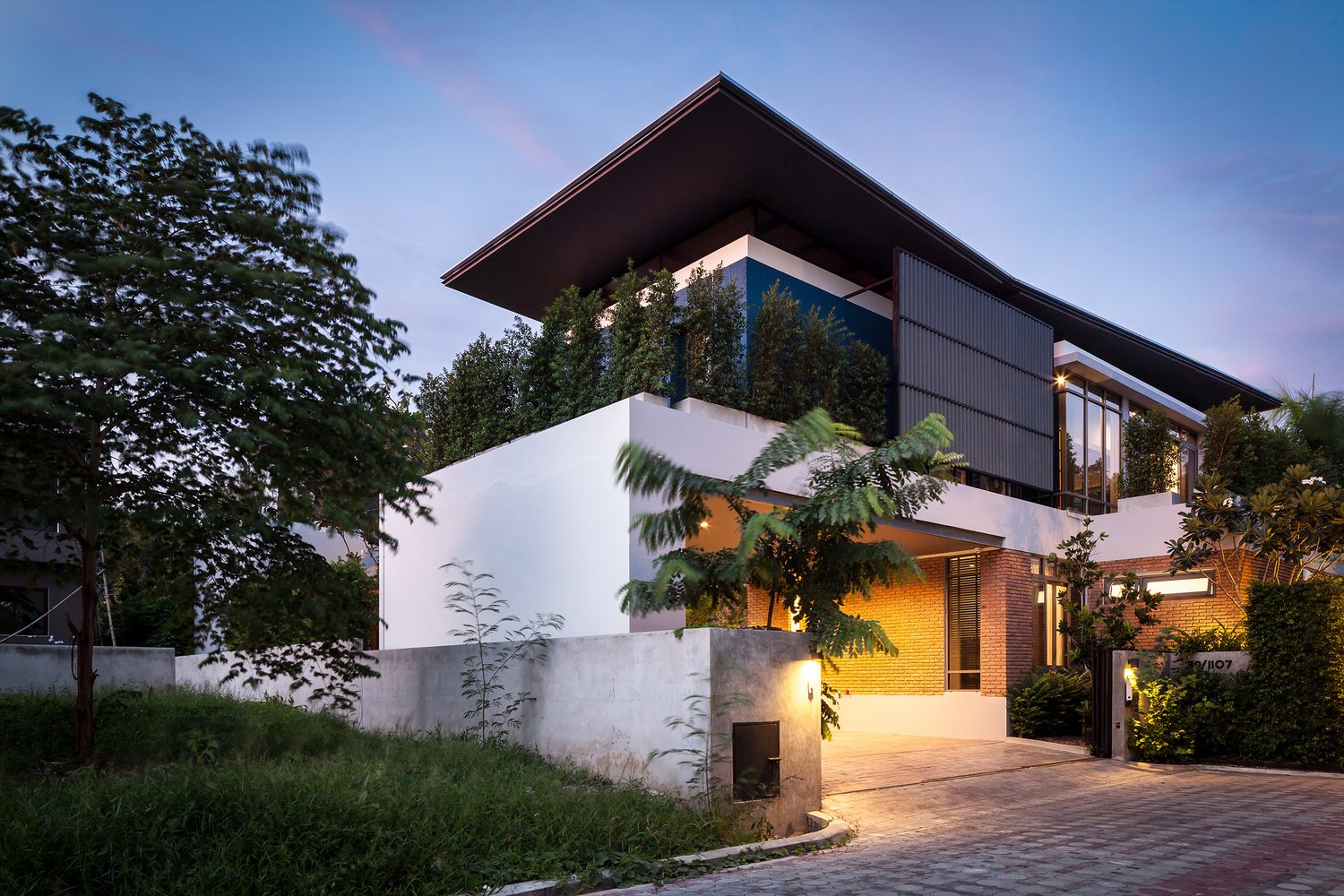
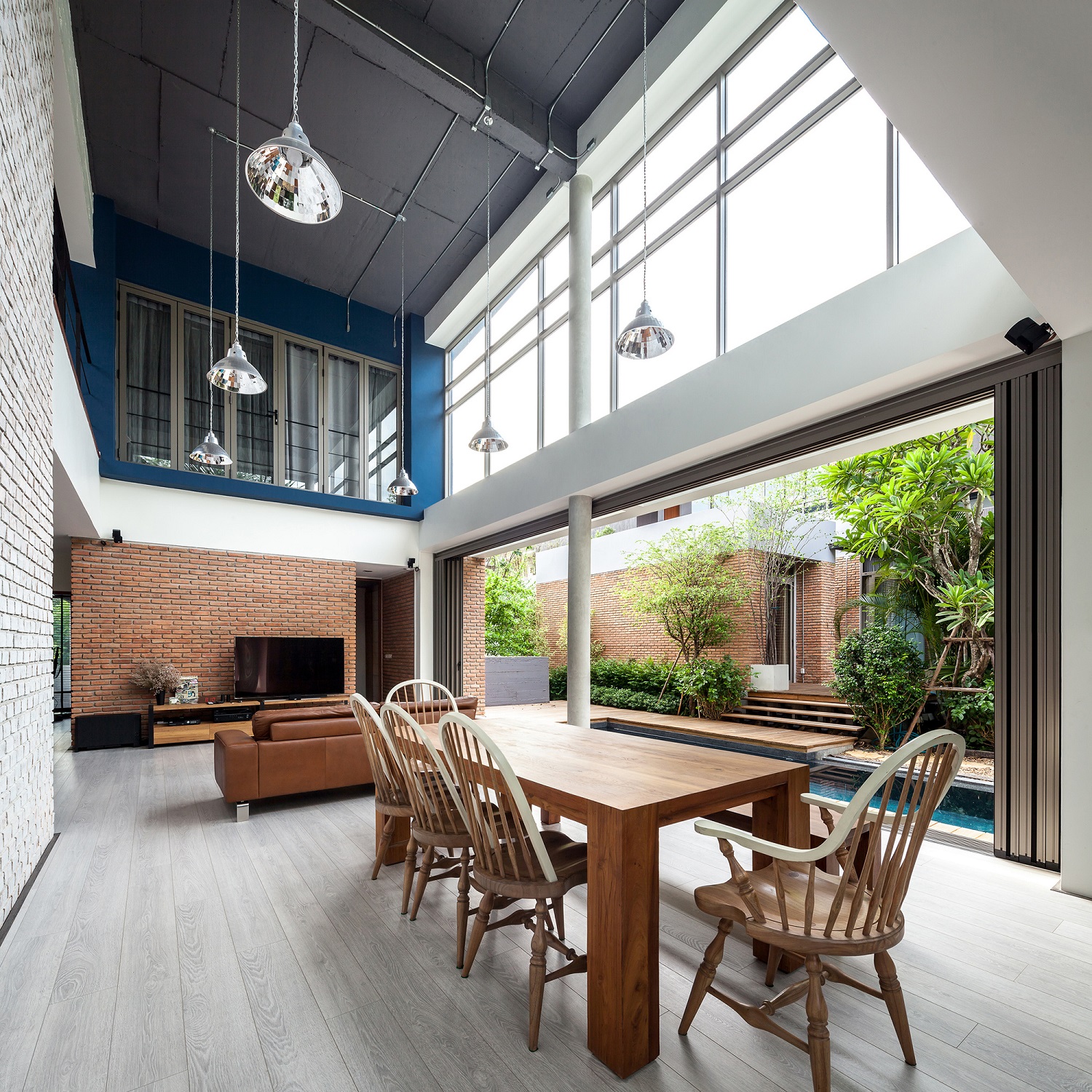
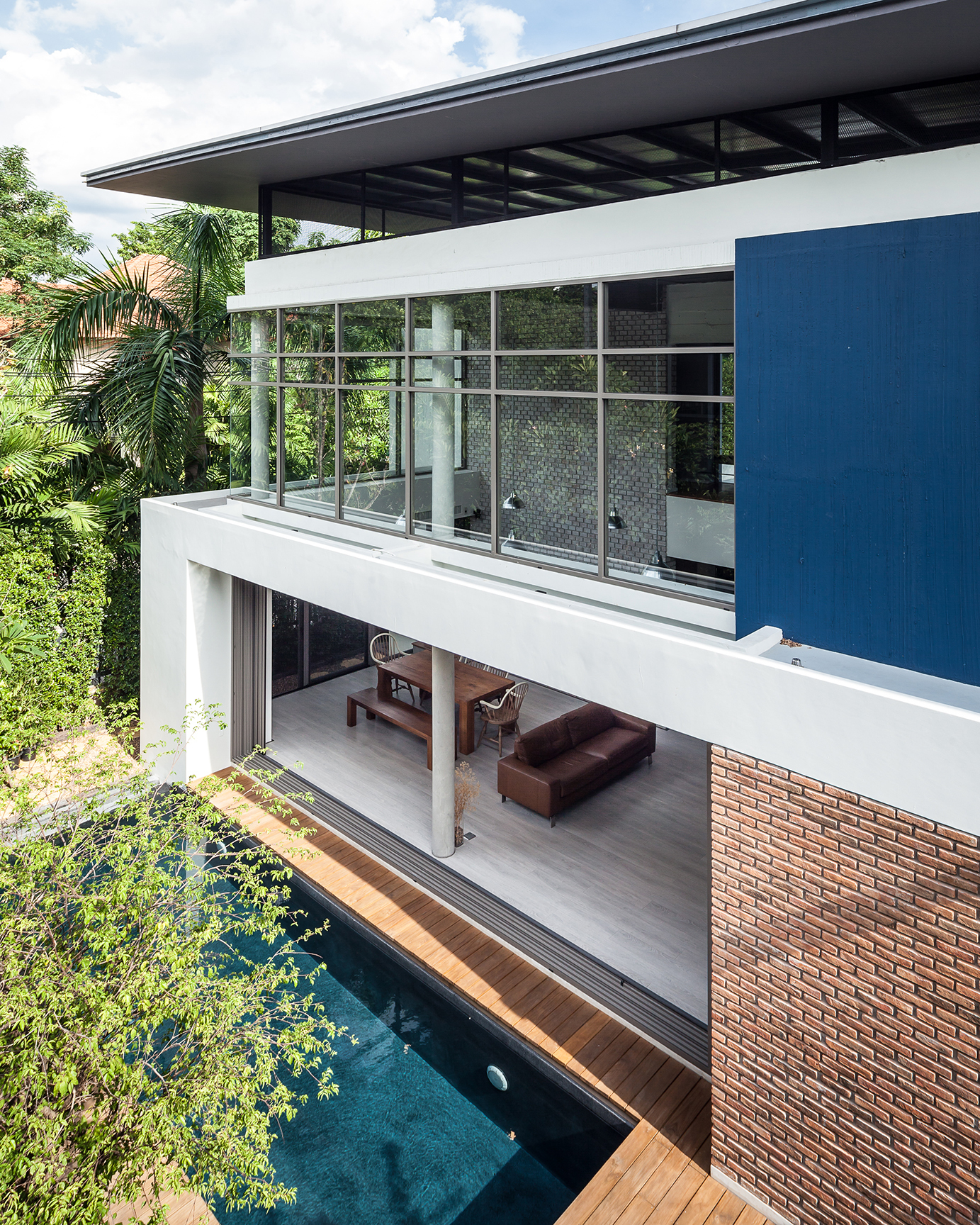
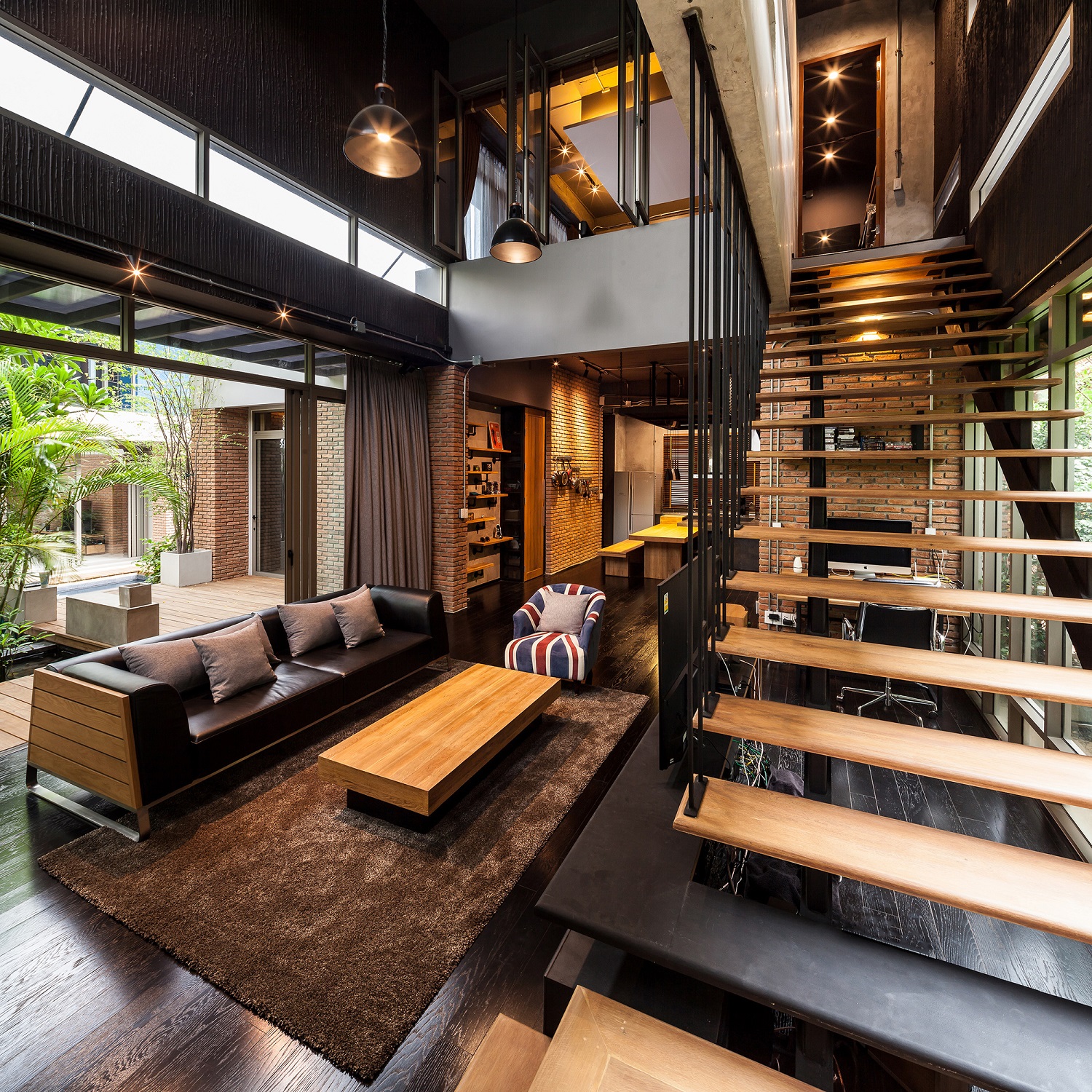
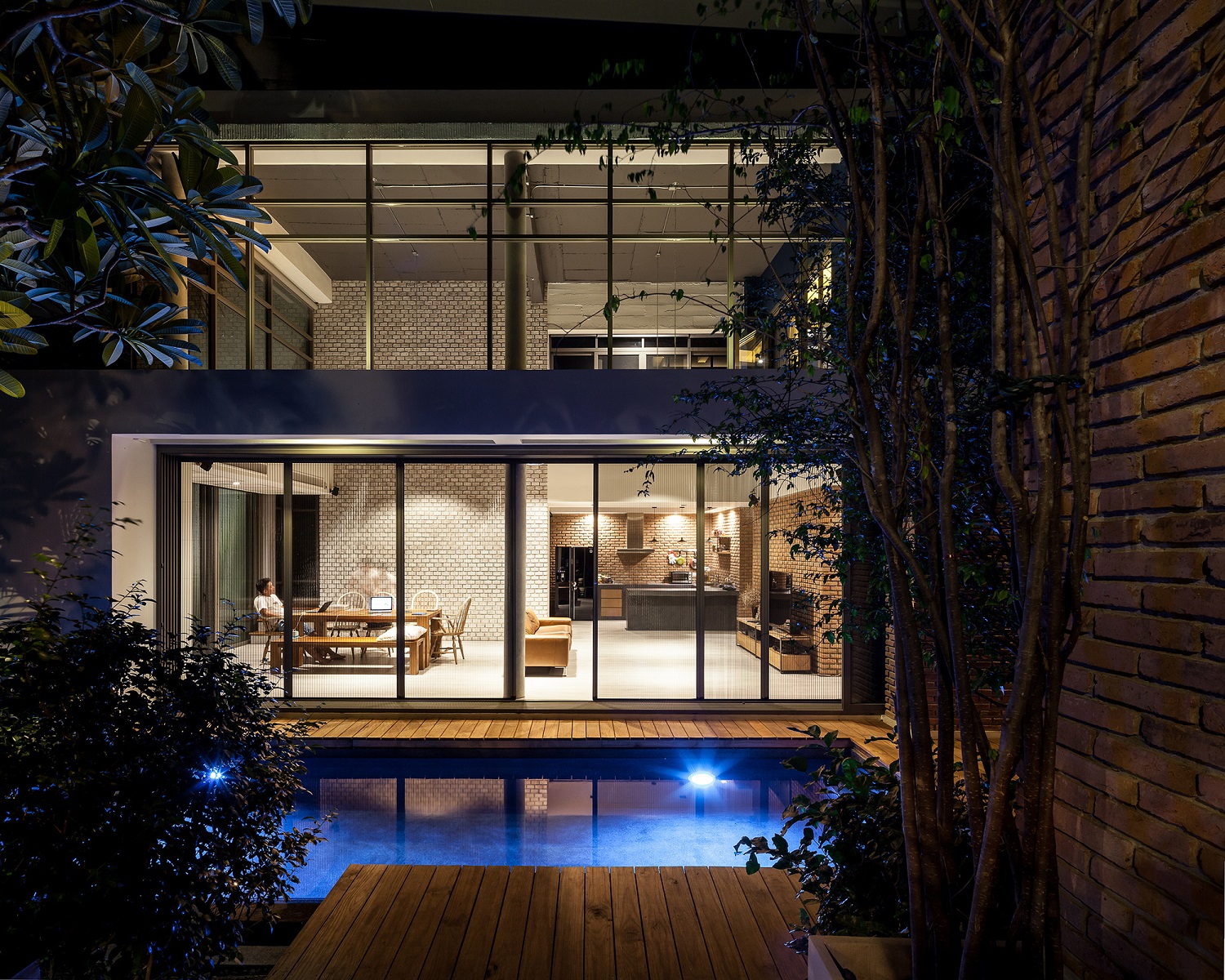
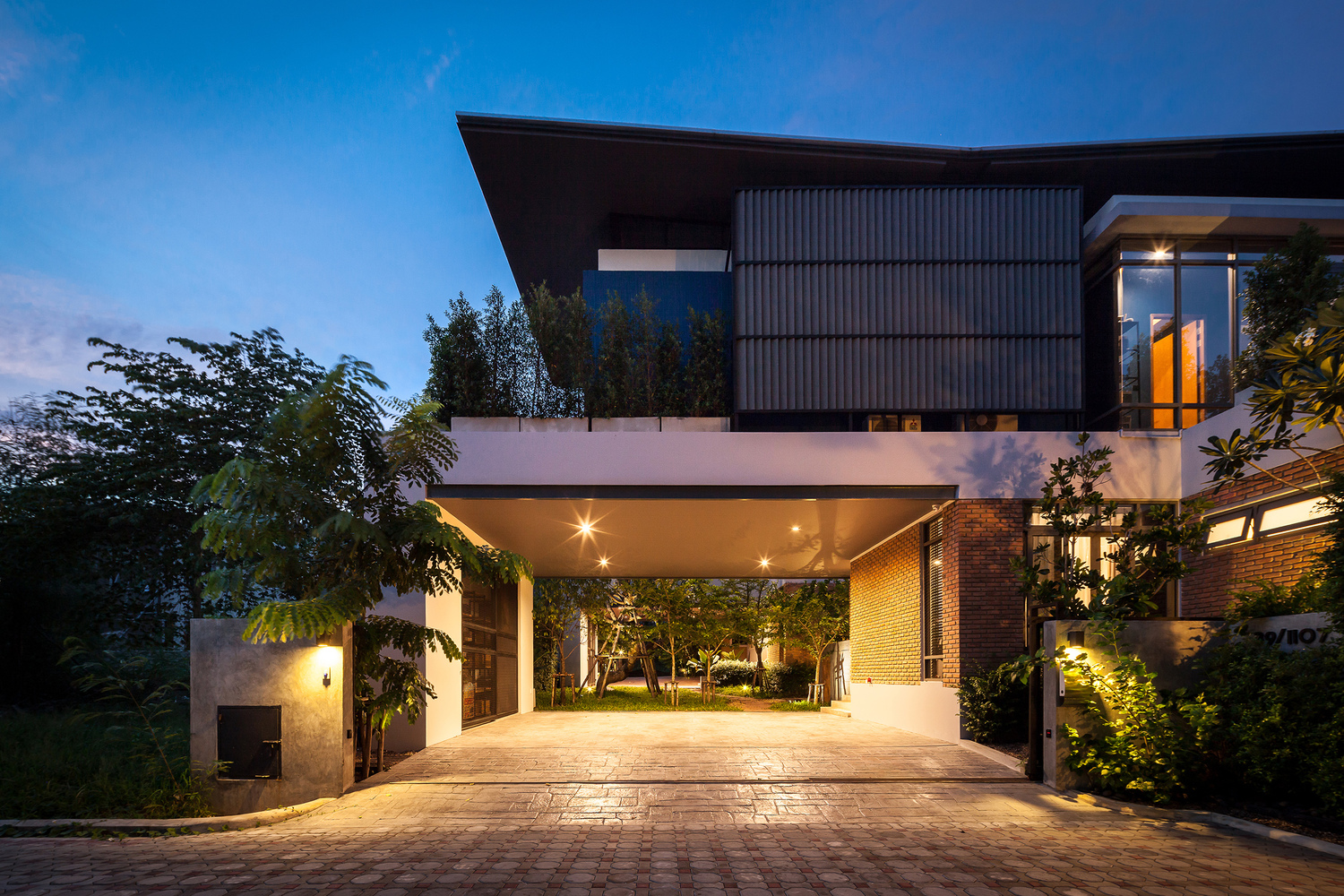

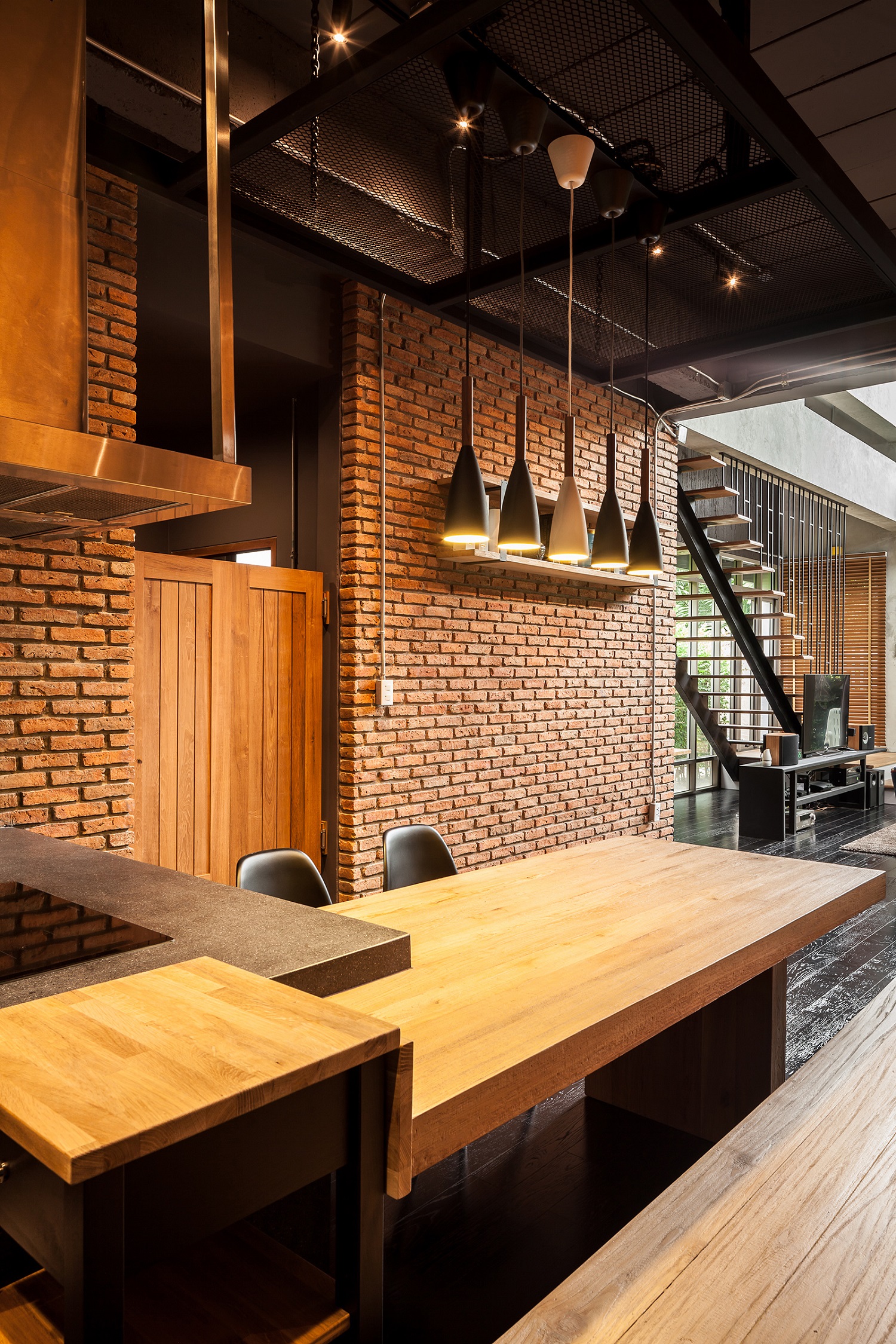
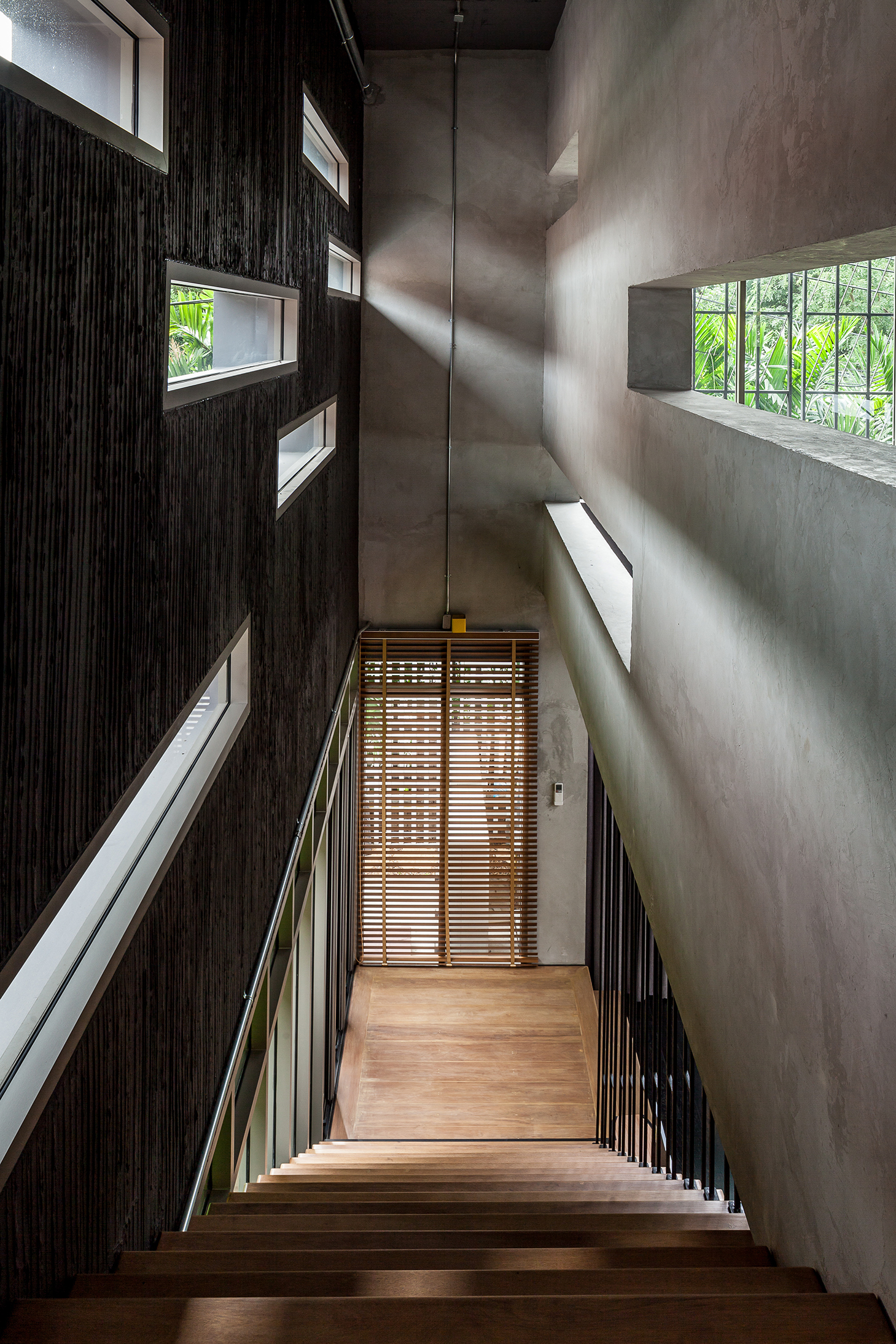
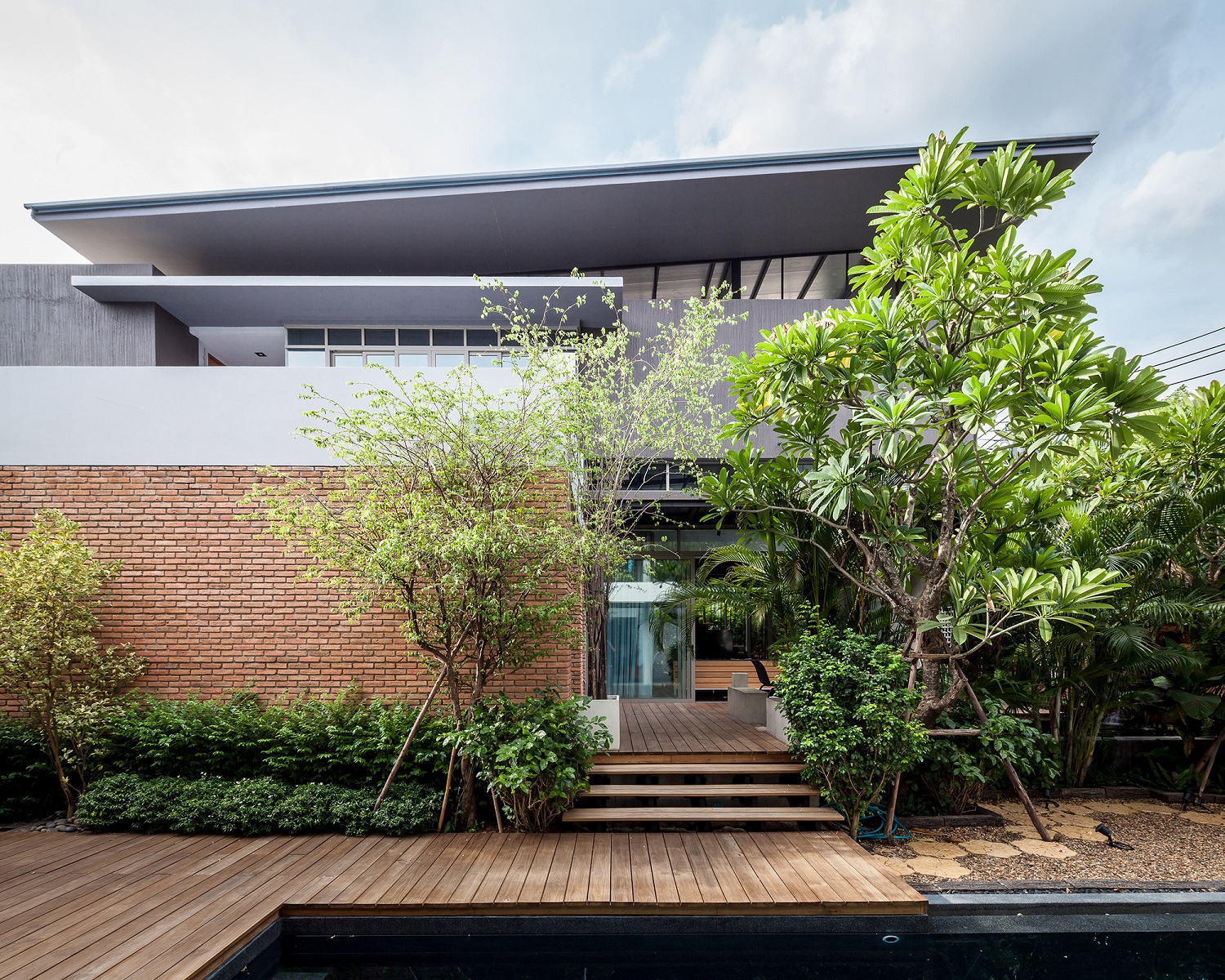
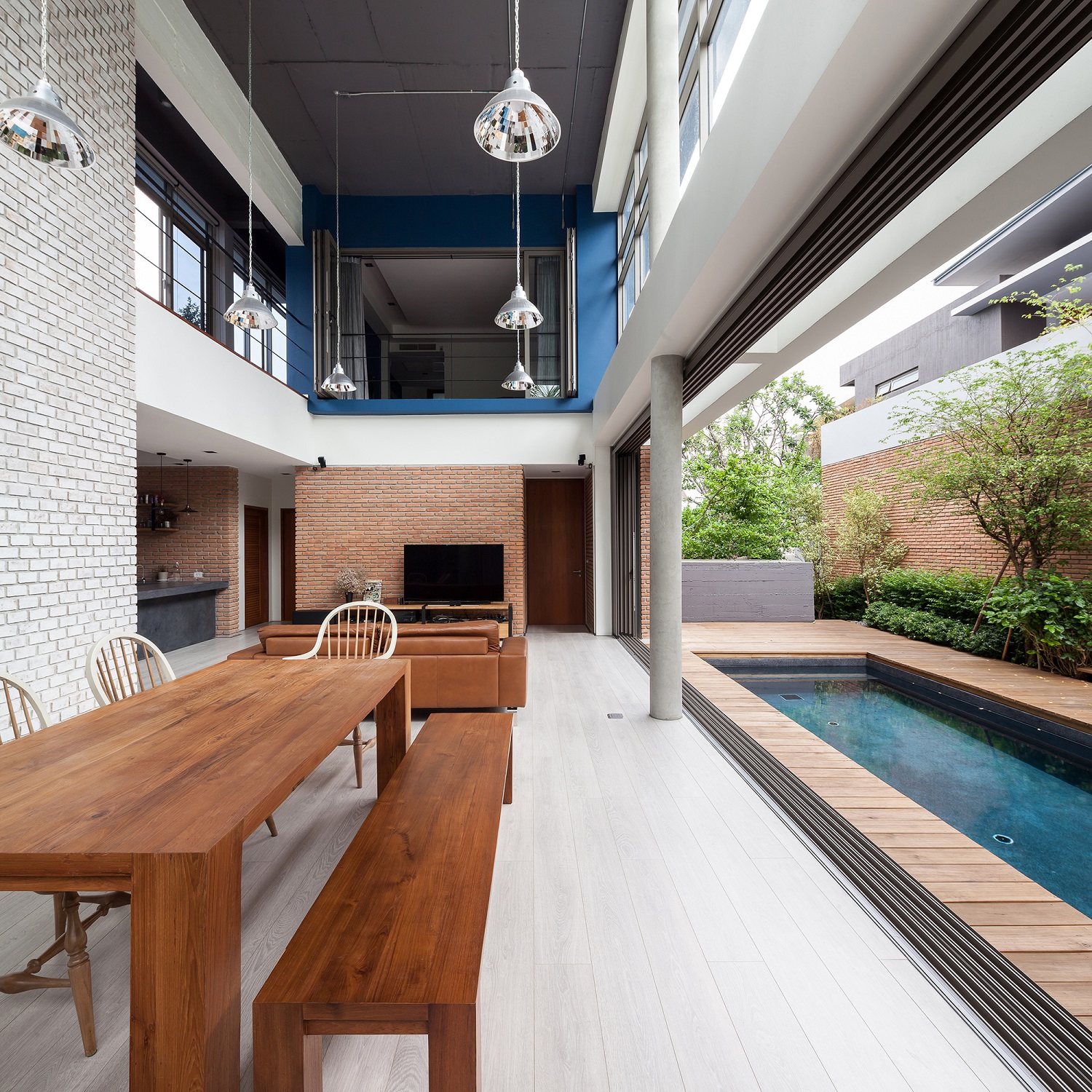
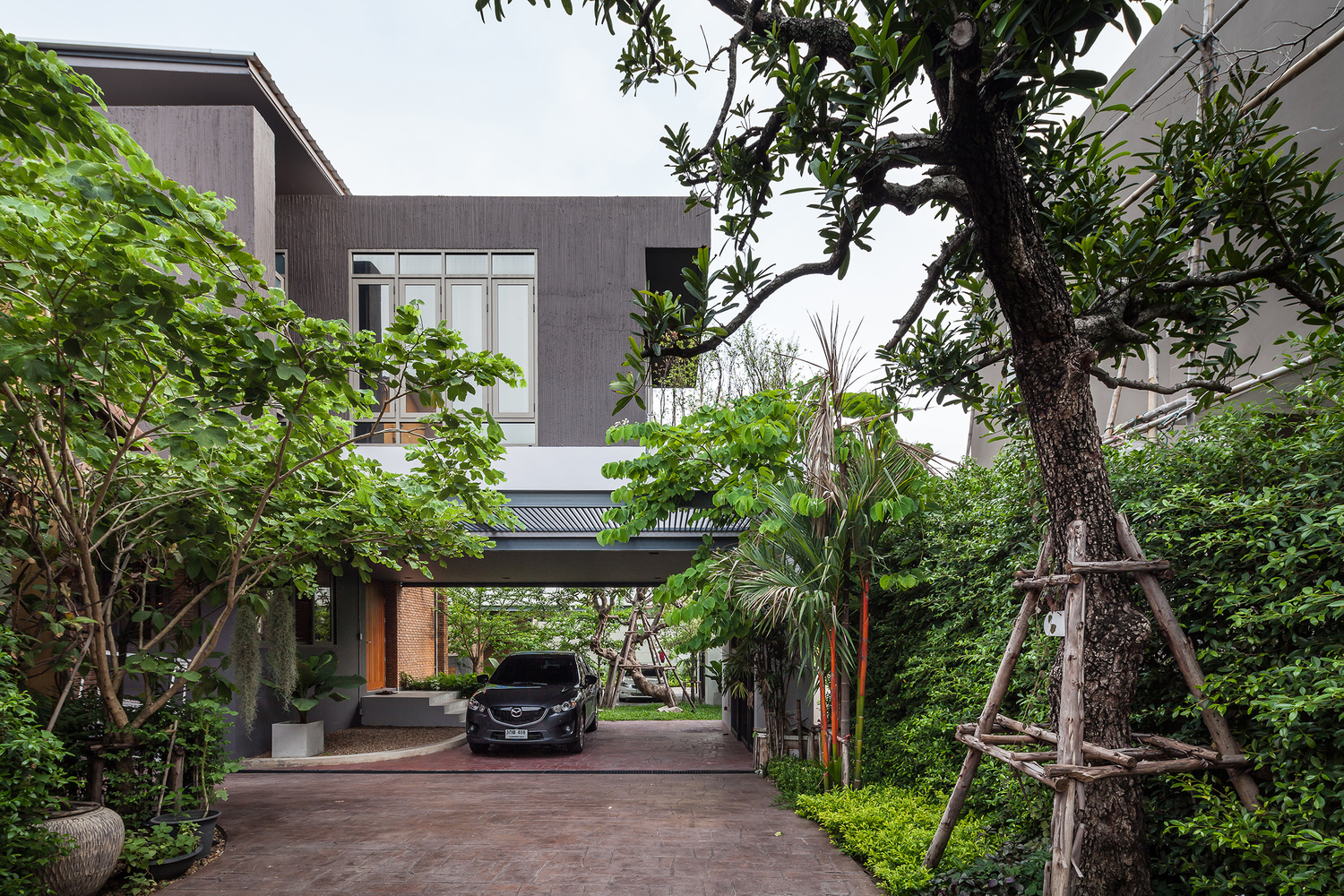
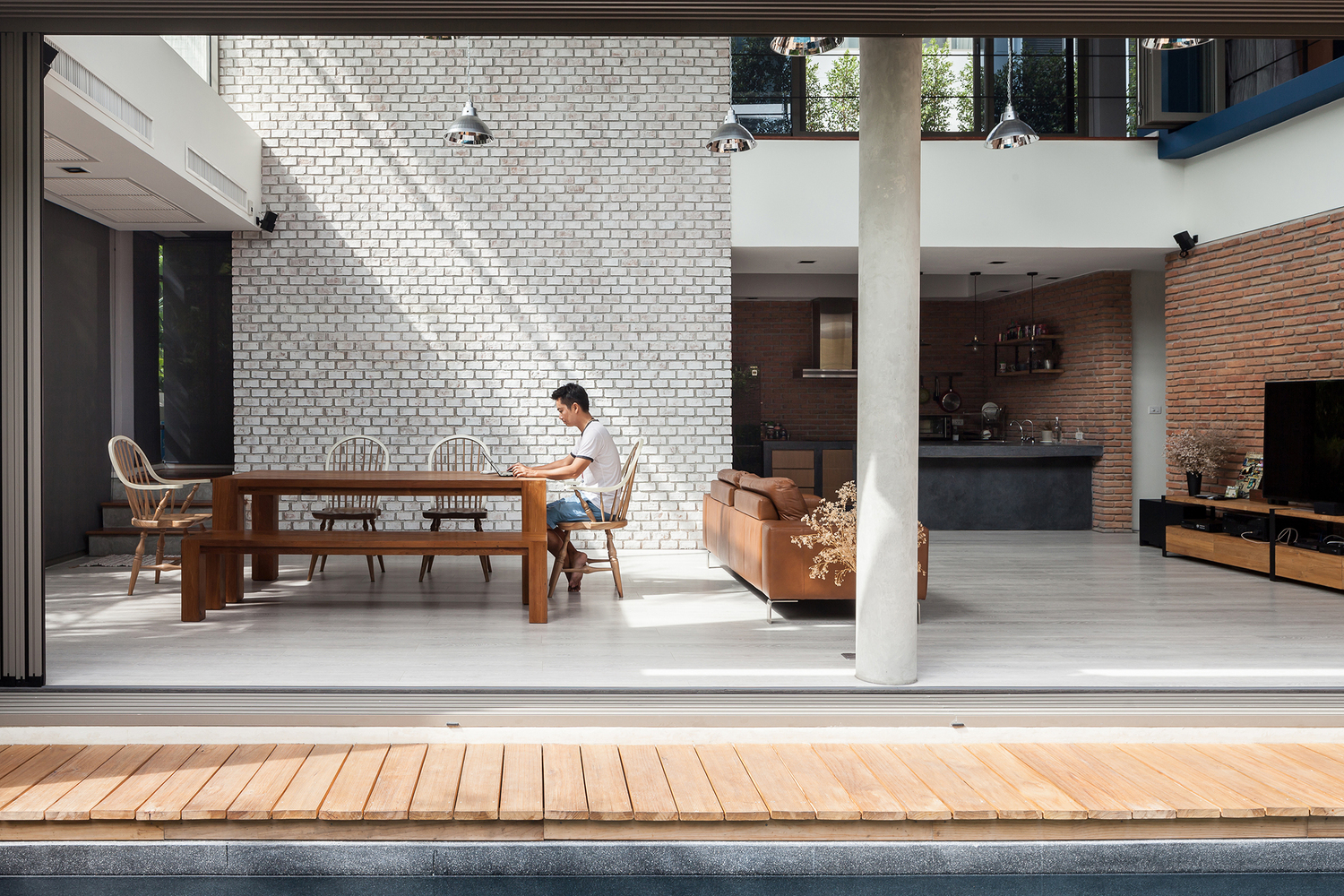
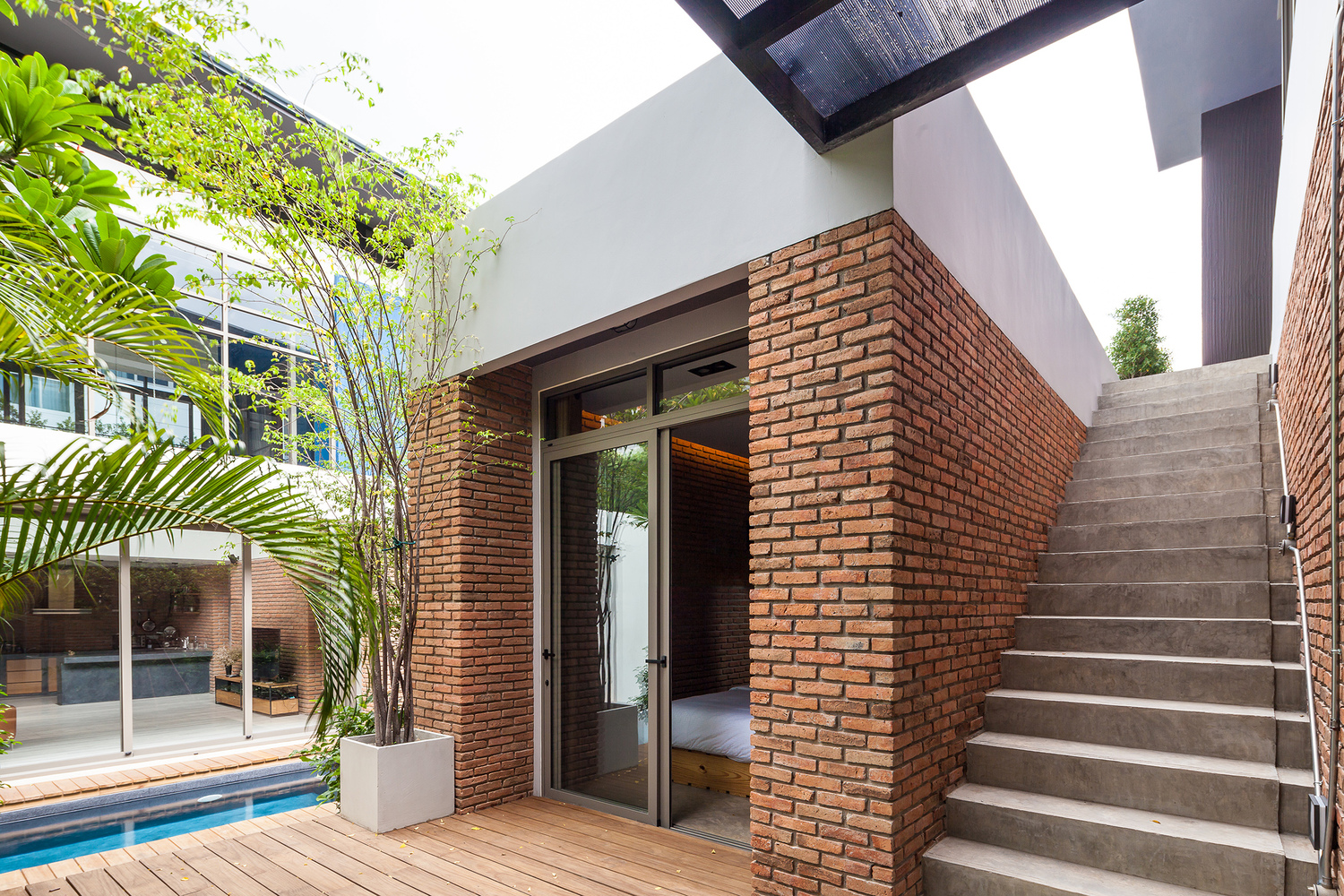
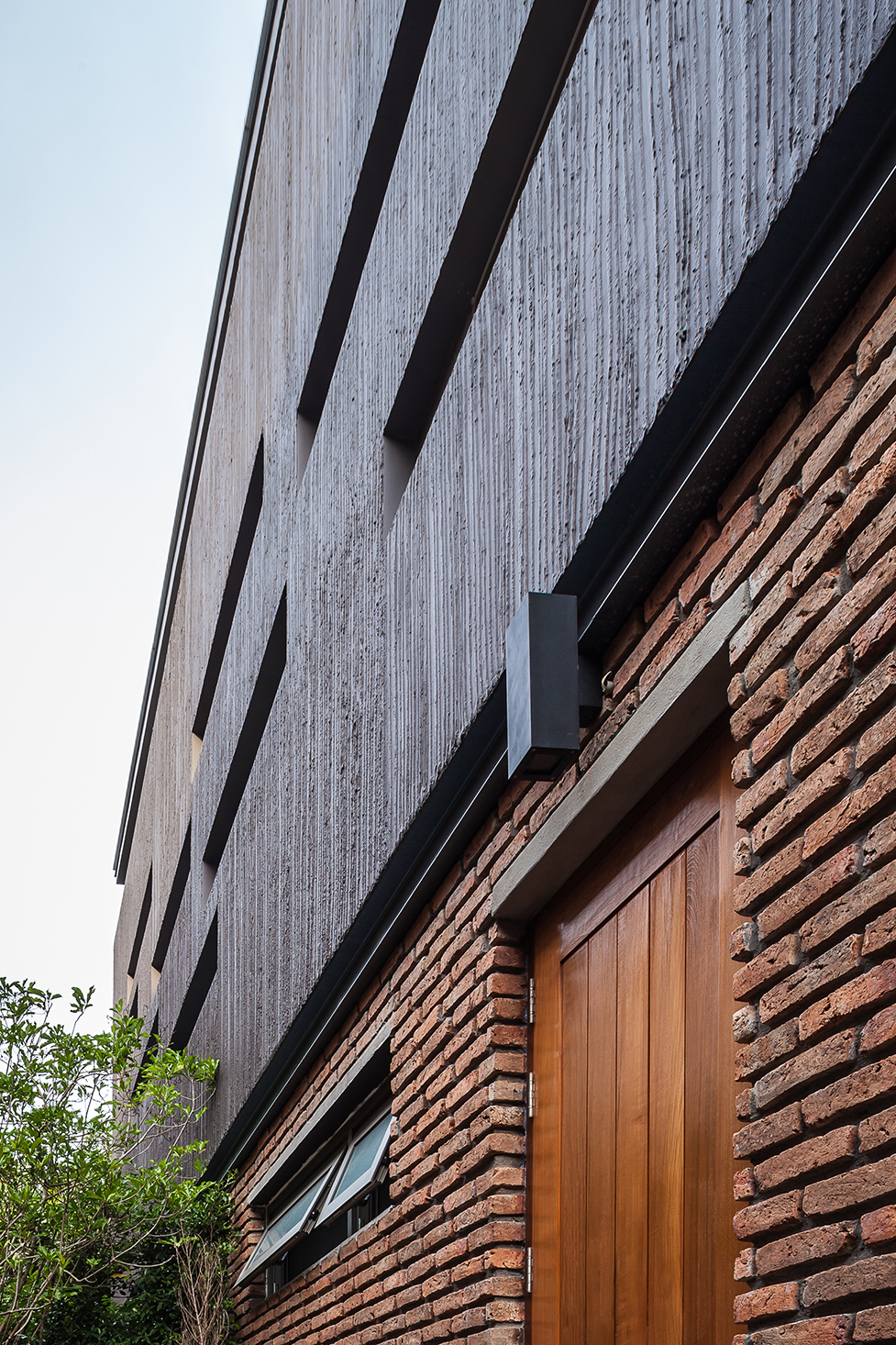
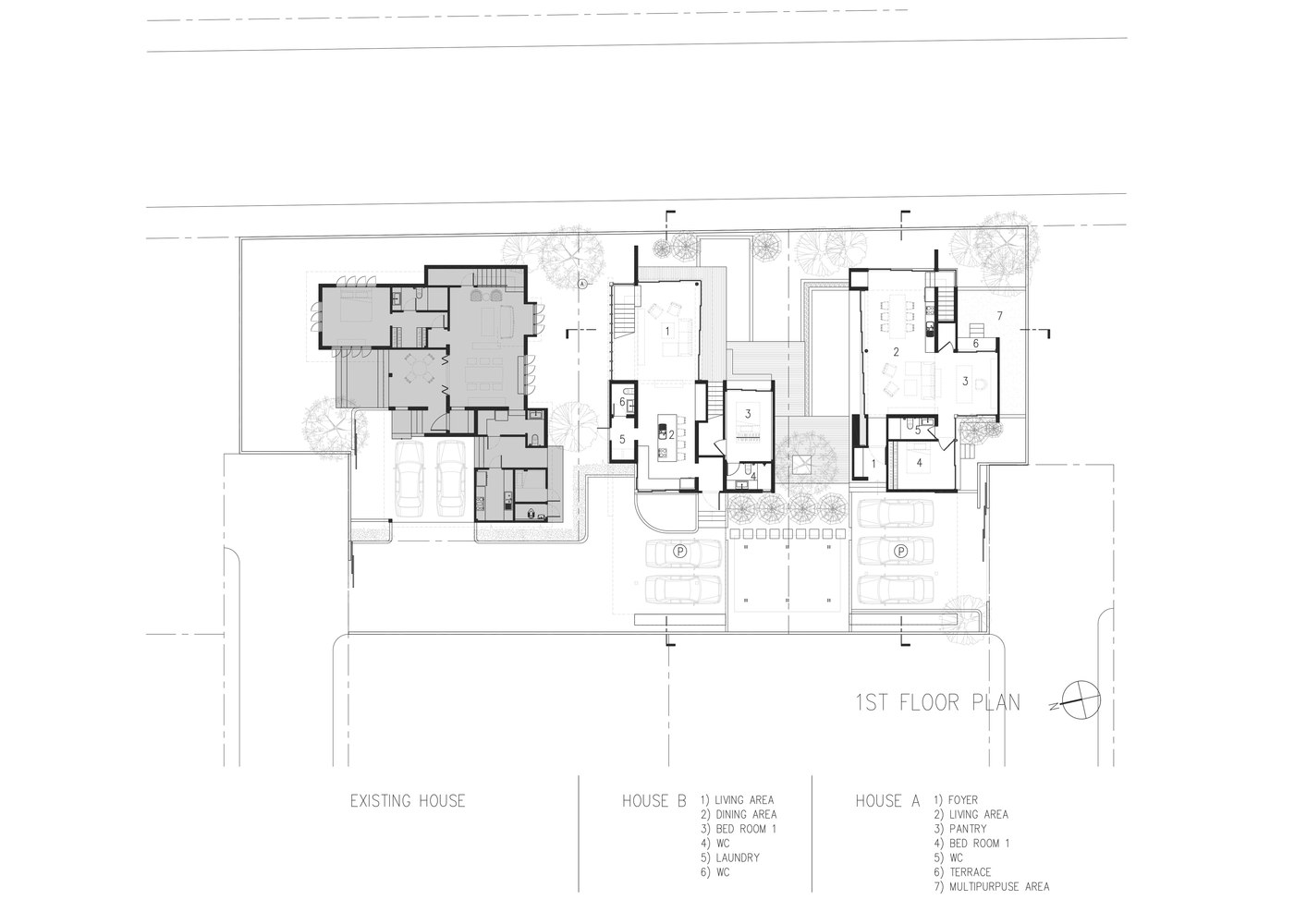
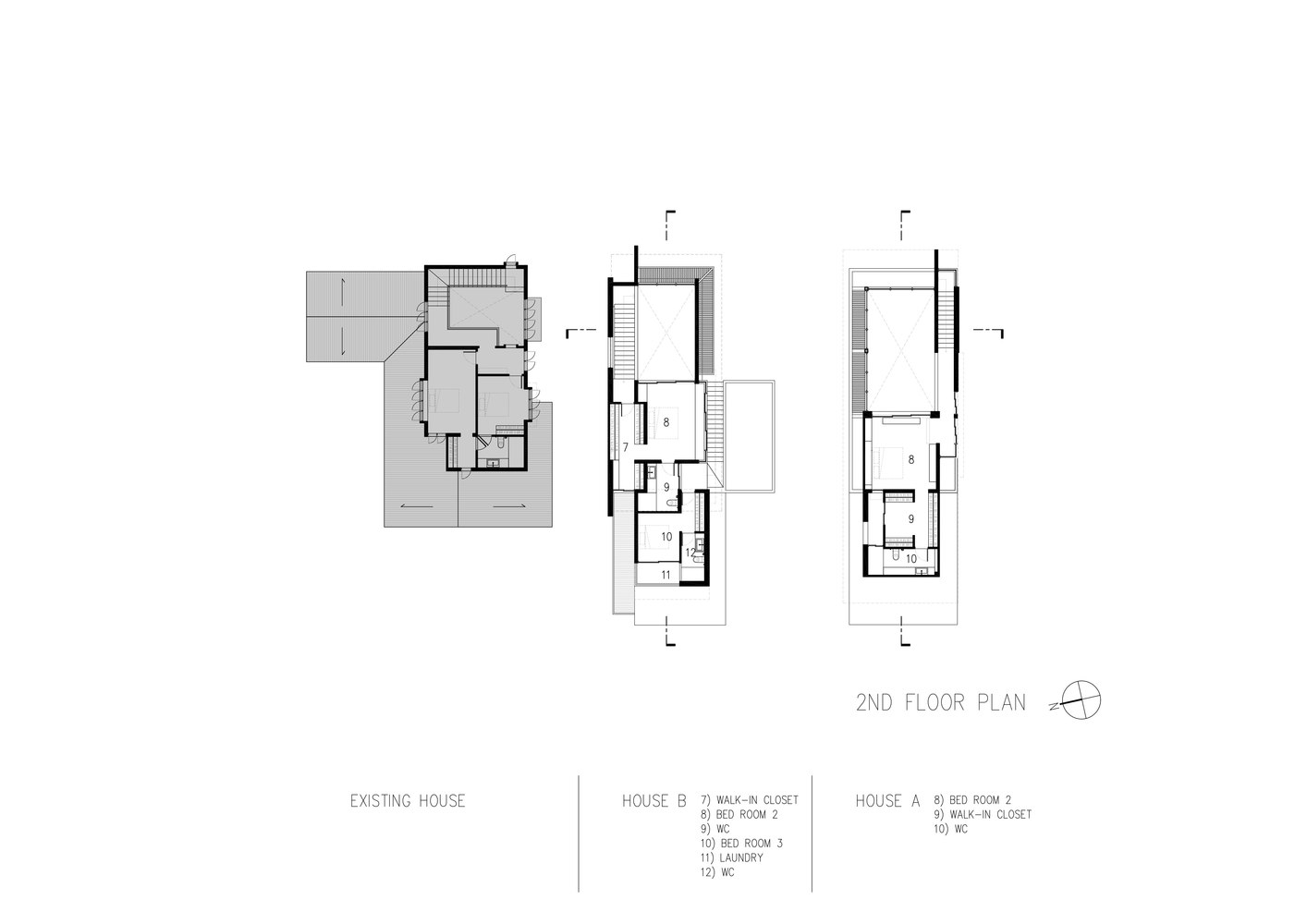
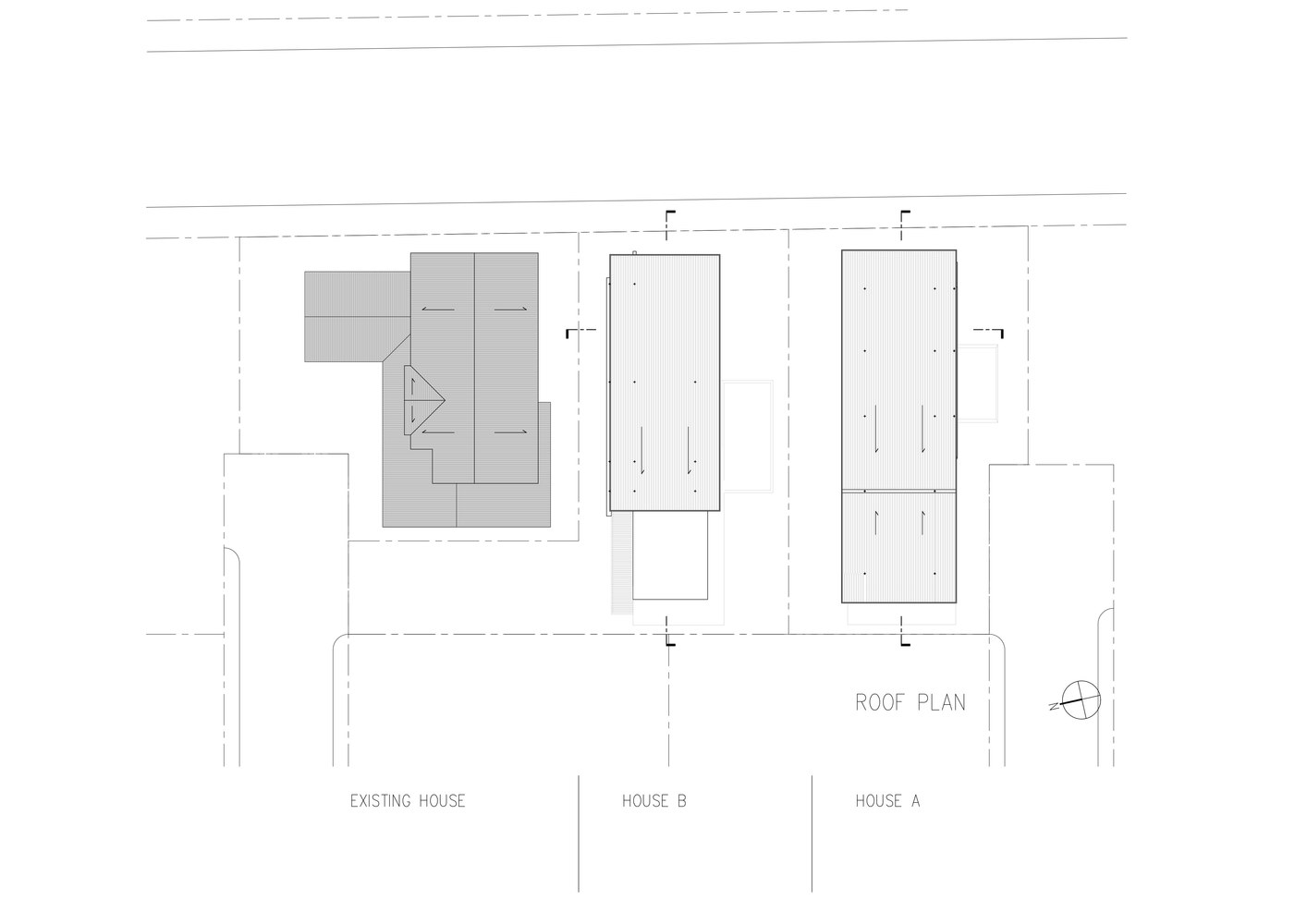
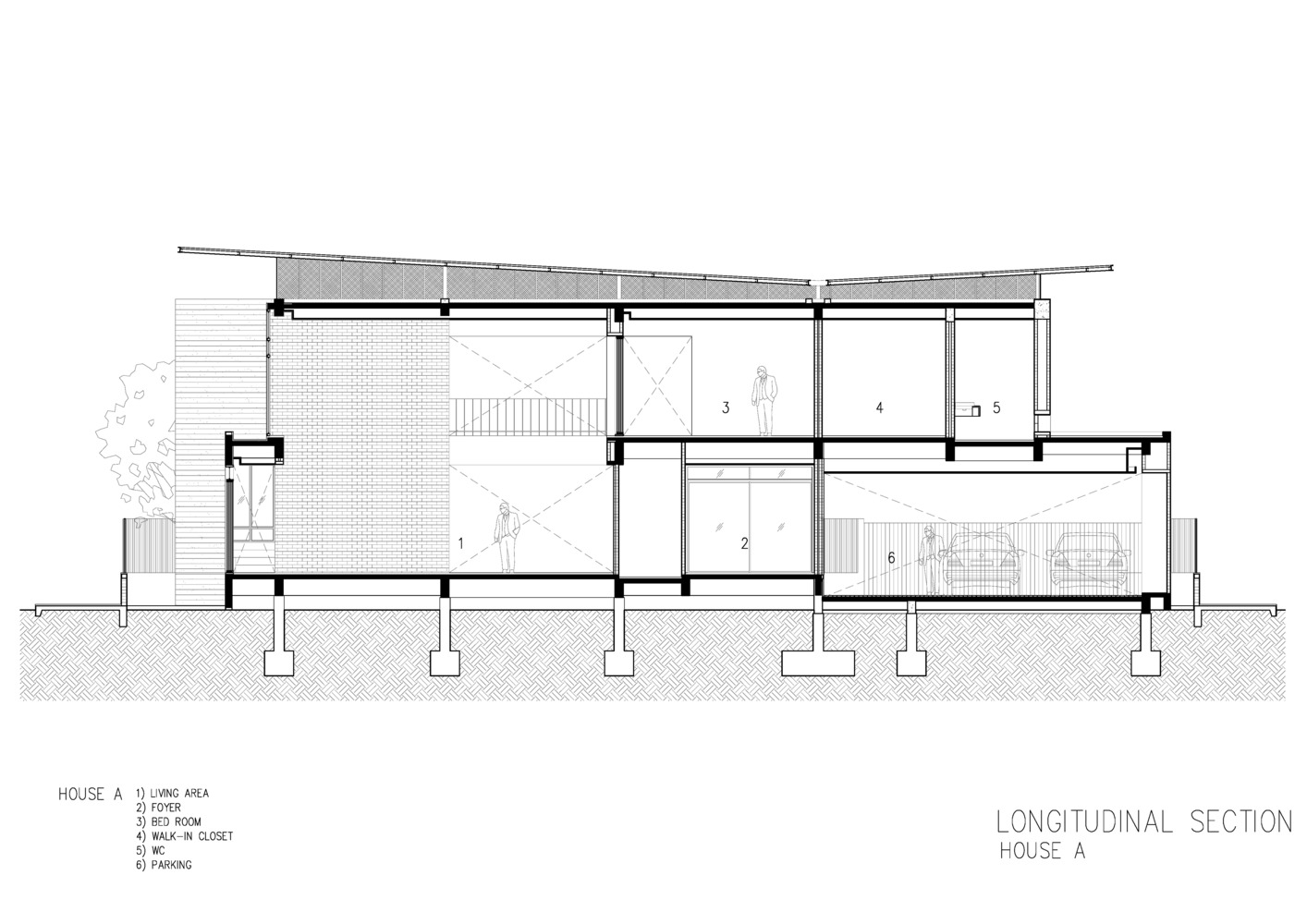
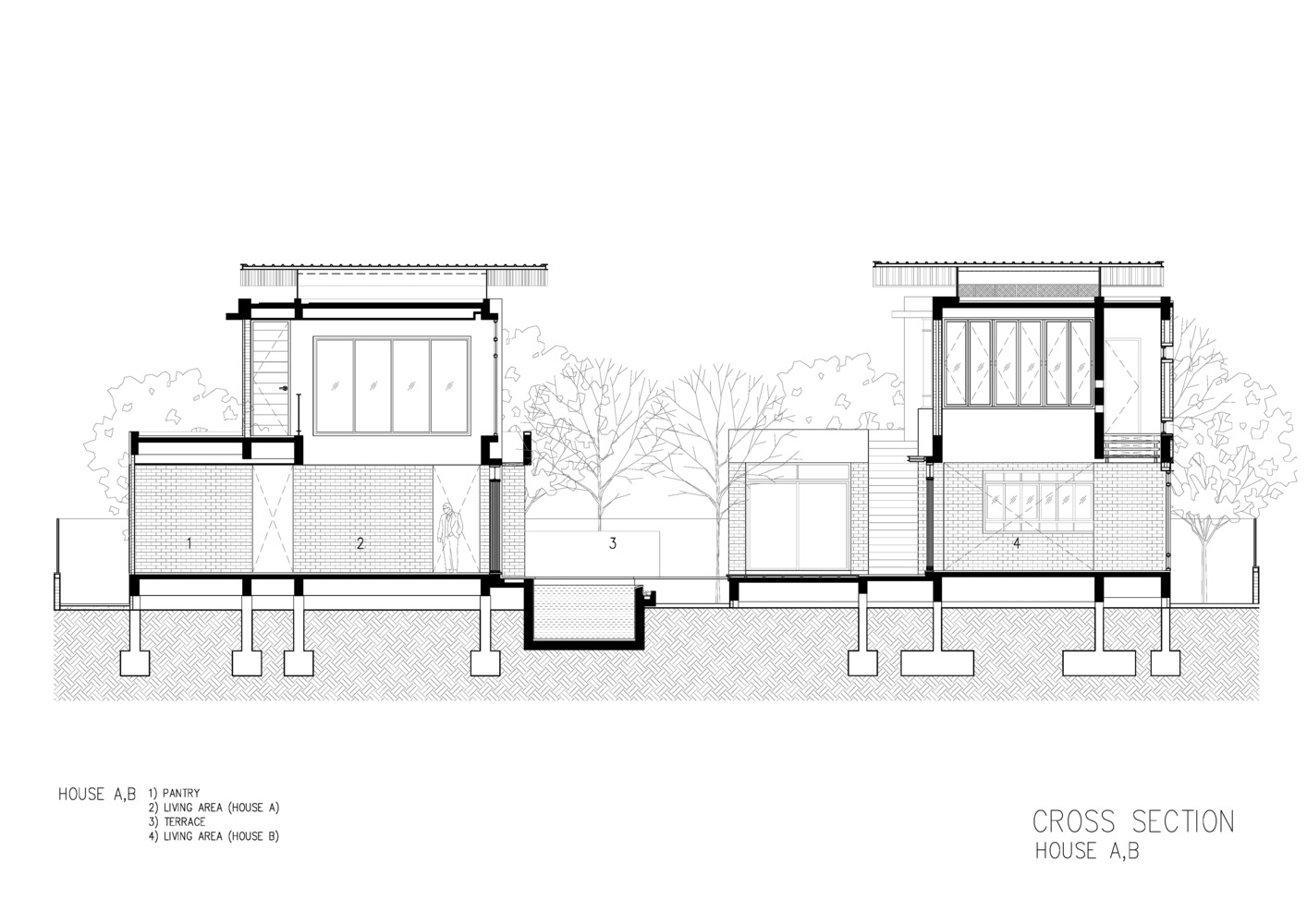
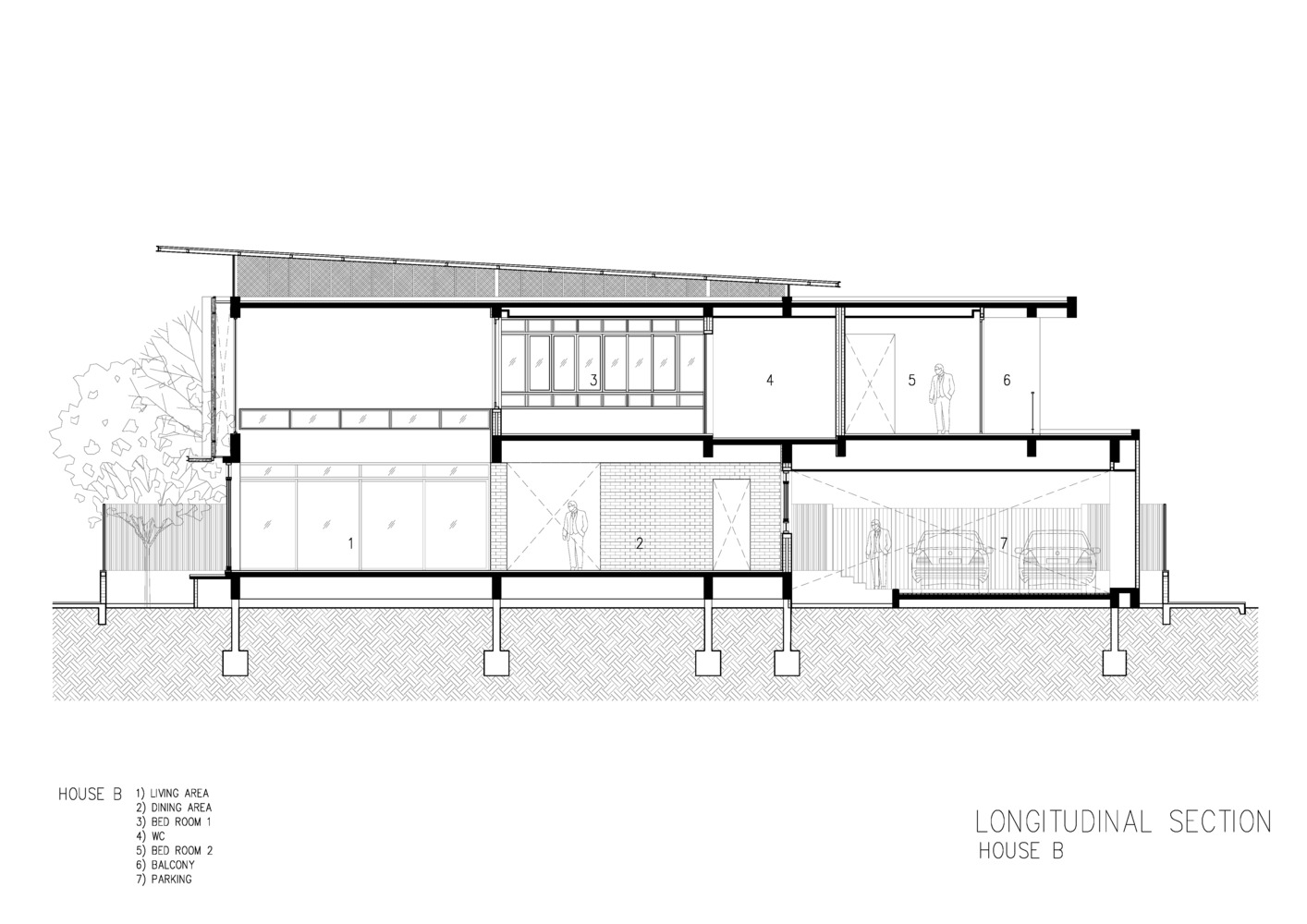
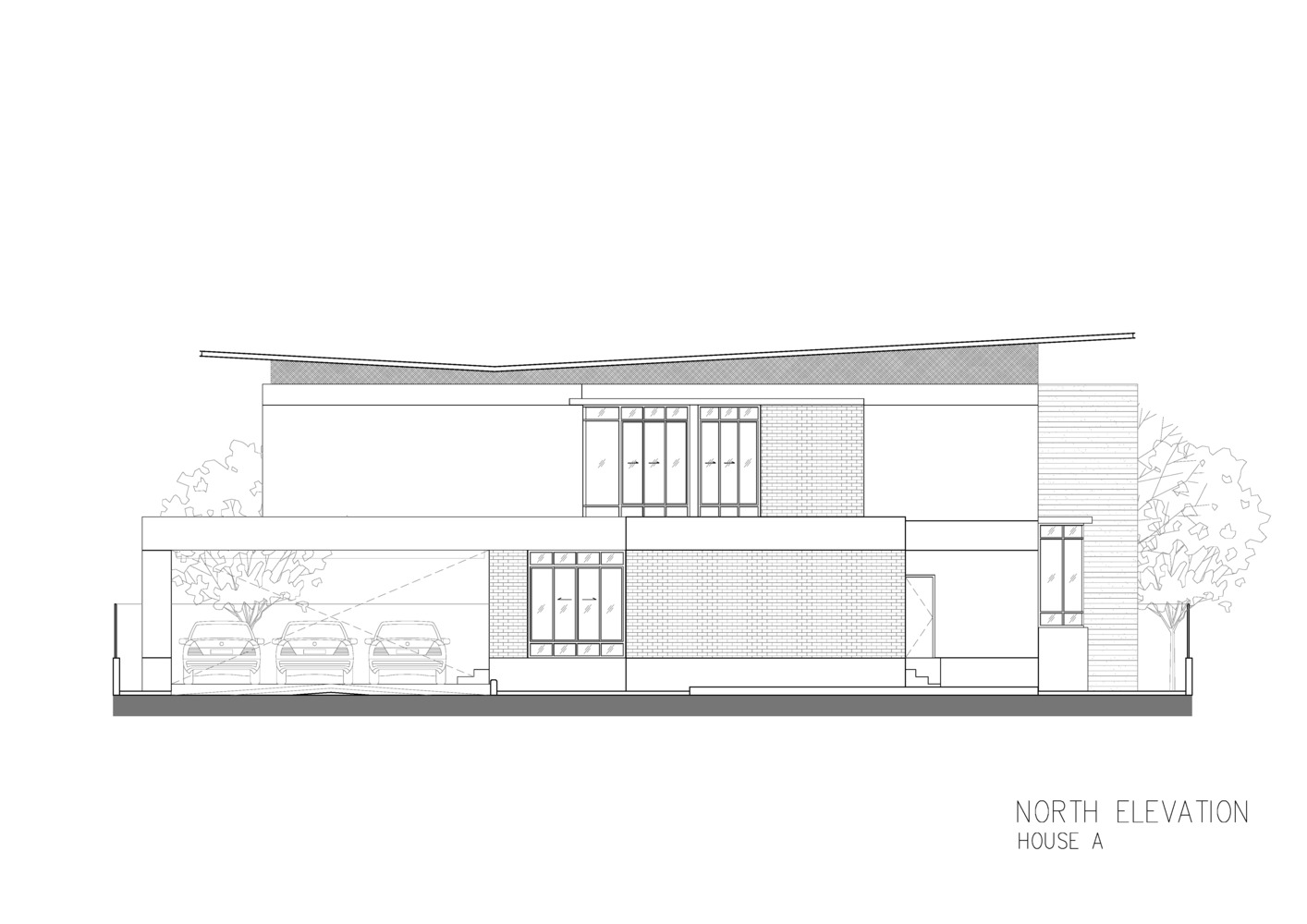
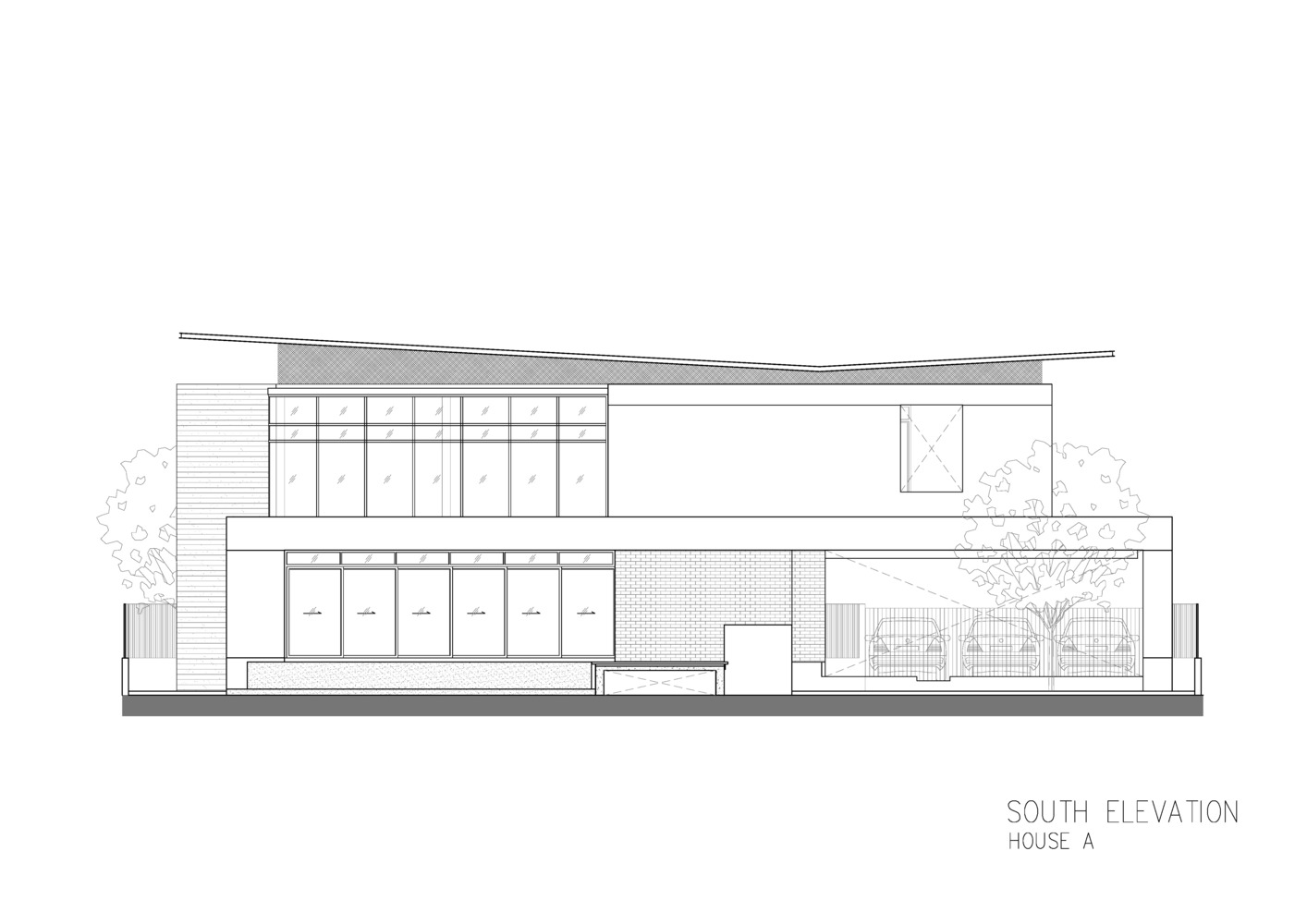
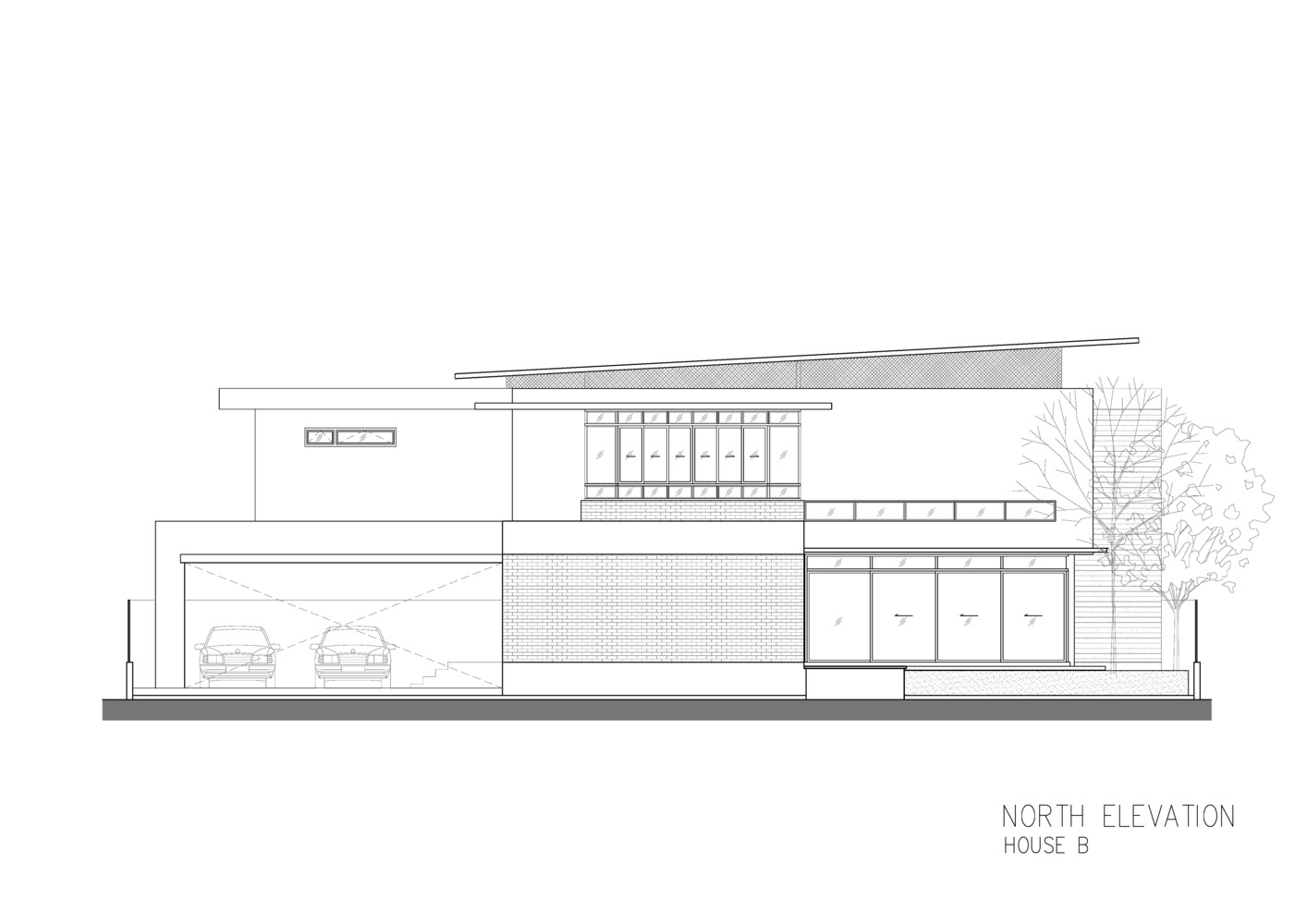
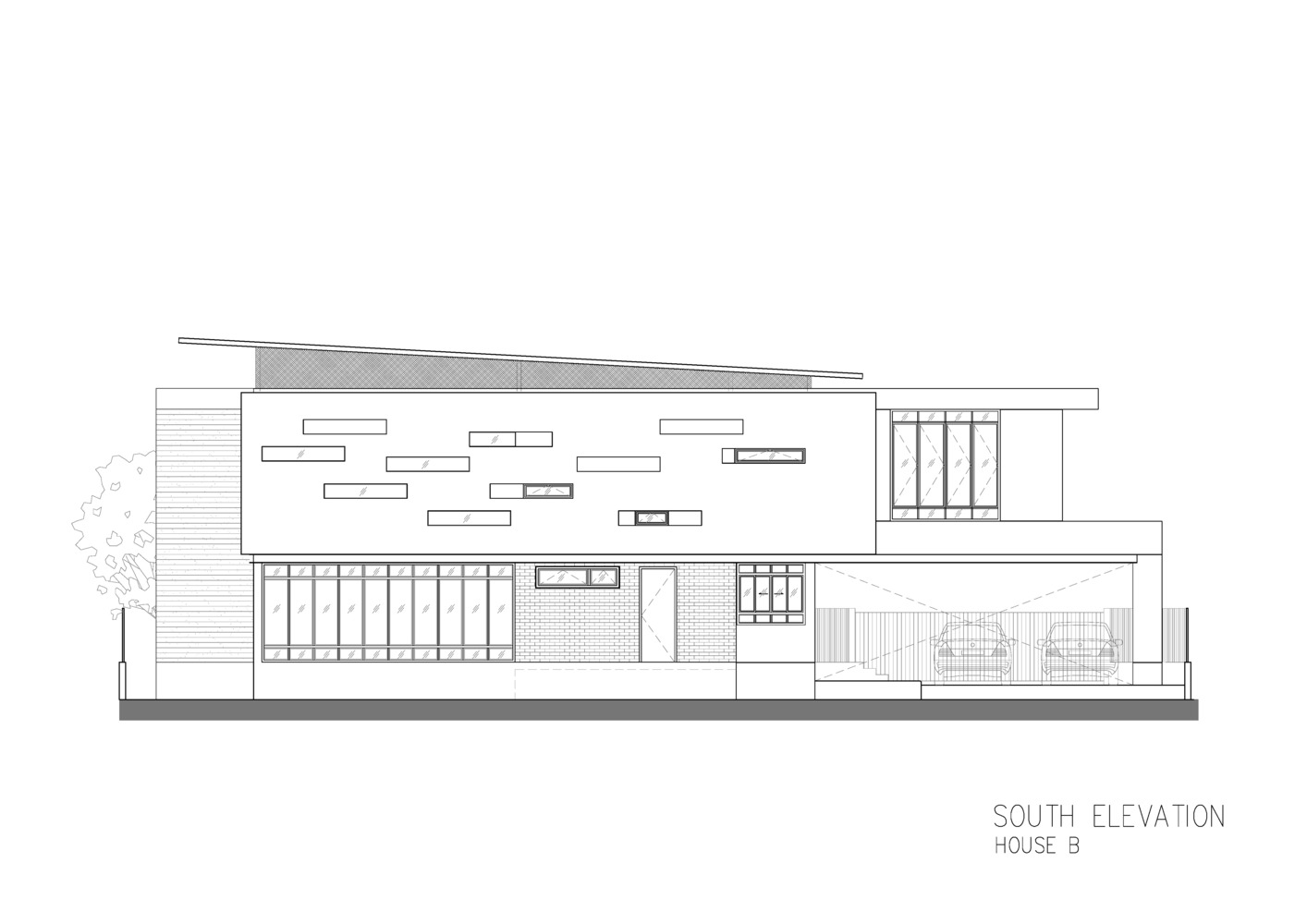
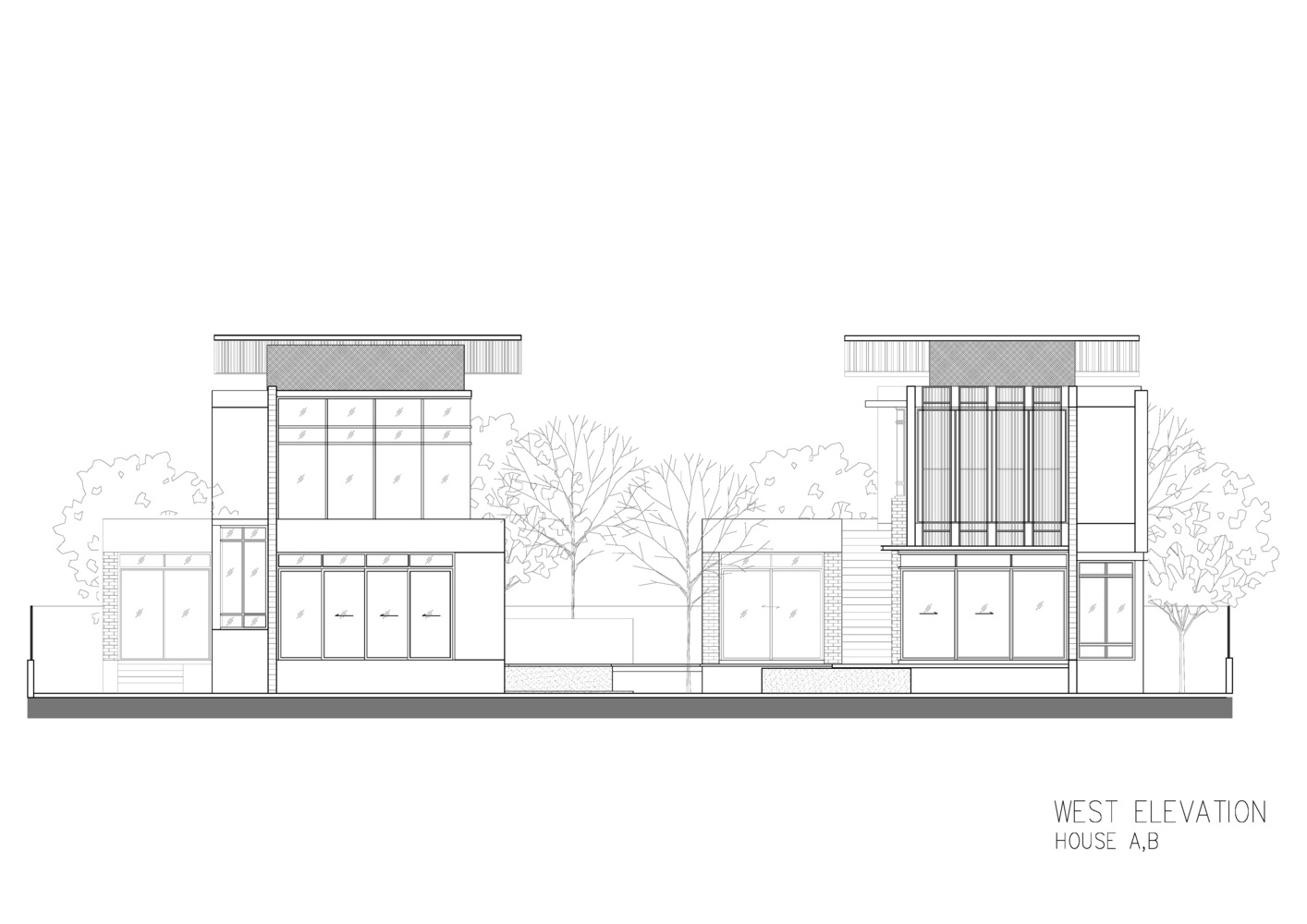
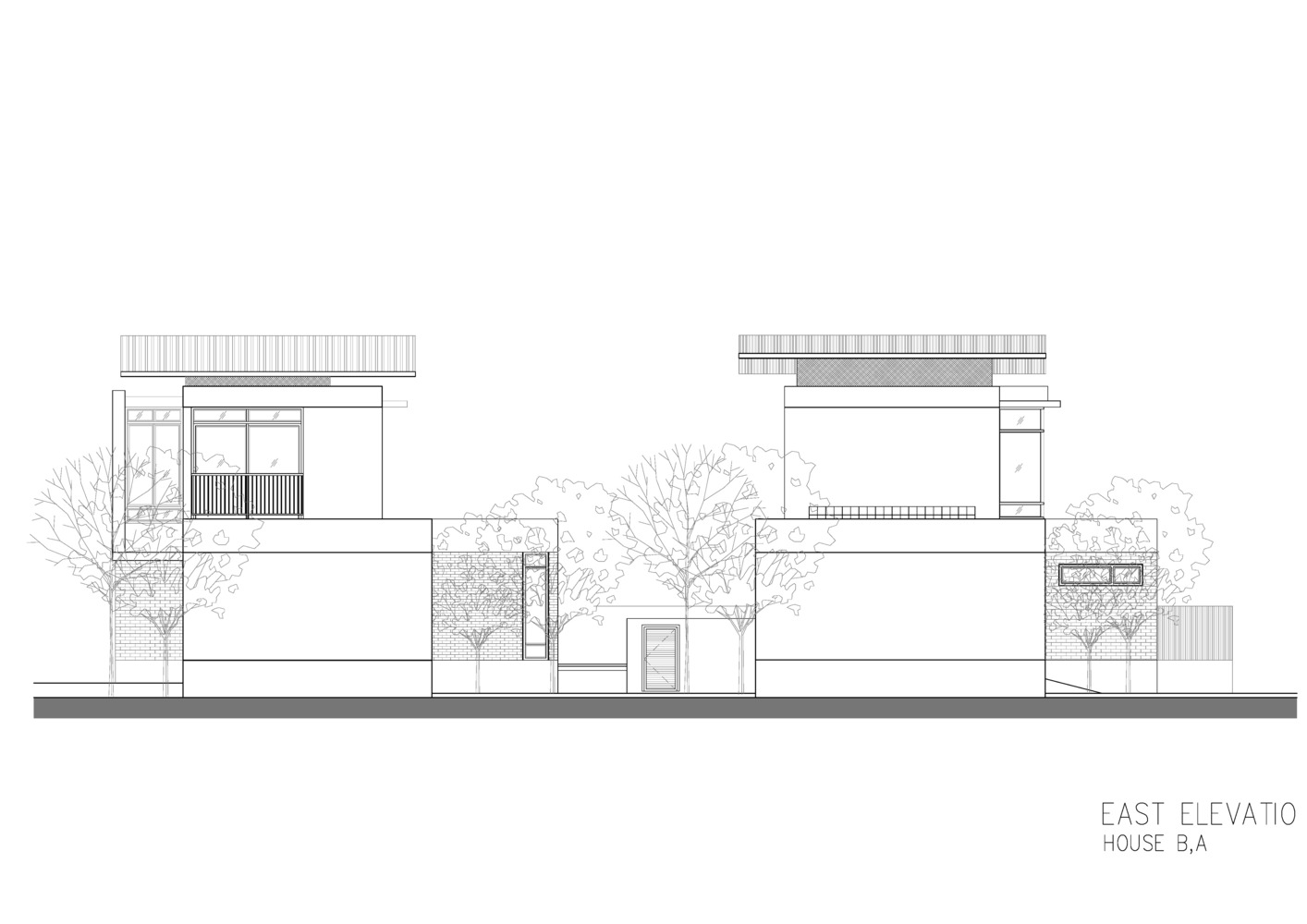








Discussion about this post